1974-1990 Aston Martin Lagonda

The 1974-1990 Aston Martin Lagonda is often regarded as one of the most perplexing luxury cars ever made, marrying cutting-edge design with questionable execution. With its angular, futuristic styling, it looked like it belonged in a sci-fi movie, but that’s where the innovation ended.
This high-end sedan was notoriously unreliable, plagued by electrical gremlins that could render the dashboard useless or leave drivers stranded. The unique digital dashboard might have seemed innovative, but it often malfunctioned, causing confusion rather than convenience. Additionally, the Lagonda’s cramped interior didn’t match its hefty price tag, leaving occupants feeling more claustrophobic than pampered.
1909 Ford Model T
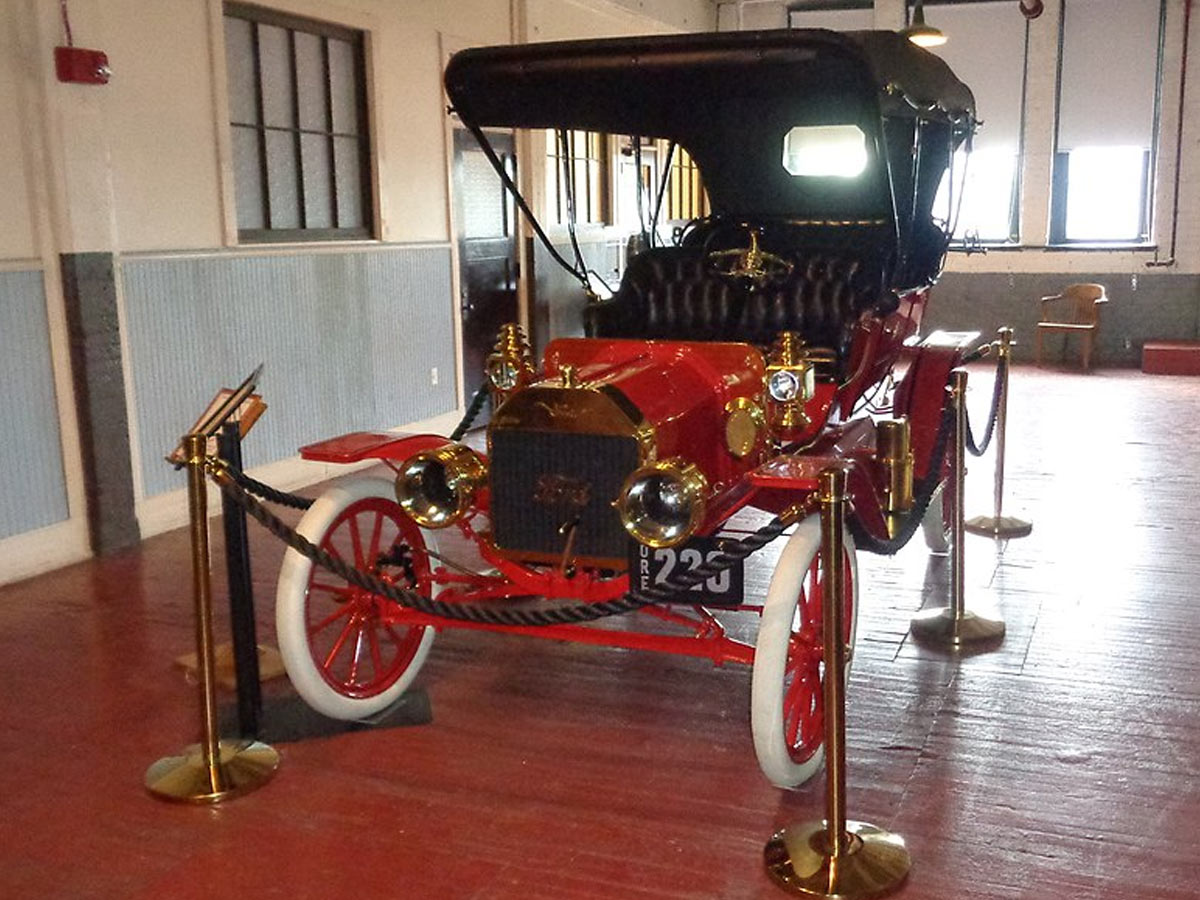
Let’s rewind to the early days of the automobile with the Ford Model T, a vehicle that revolutionized transportation in America and significantly bolstered the economy. While it was a landmark achievement, reliability was not its forte. The Model T was essentially a stylish yet flawed creation, featuring a blacksmithed body, questionable air emissions, and controls that left much to be desired, prompting Henry Ford to consider developing a new model.
Nevertheless, the Model T stood out as one of the most successful cars of its time, thanks to its affordability and innovative features. Its four-cylinder engine produced 20 horsepower and allowed for a top speed of 40 mph. Although it was a marvel in 1909, driving the Model T could be quite a challenge — there were numerous aspects that needed refinement. Despite its limitations, this iconic vehicle paved the way for future advancements in automotive design and engineering!
1987 Sterling 825

Sterling, a brand from Austin Rover Cars, made its North American debut between 1987 and 1991, collaborating with Honda of Japan. Among its offerings, the Sterling 825 stood out as the least reliable model, initially available only as a sedan, with hatchback variants introduced later.
It didn't take long for consumers to notice the vehicle's many flaws. The cheap electrical components led to frequent malfunctions, while the paint struggled to adhere properly, giving the impression that quality control was lacking. Rust was another significant issue, further undermining the car's appeal. These persistent problems quickly resulted in financial losses, ultimately leading to the discontinuation of Sterling cars in the North American market.
Triumph TR7

There’s a reason Triumph faded into automotive history, and it’s largely tied to the dismal reception of the Triumph TR7, launched in 1975. While its retro aesthetic might have caught some eyes, this car was all style and no substance, earning a reputation as one of the worst-made vehicles ever.
Almost everything on the TR7 had a penchant for breaking, leading to significant safety hazards and even more staggering repair bills. Owners faced a litany of issues, from pesky short circuits and carburetor failures to malfunctioning oil pumps. To make matters worse, the sunroof was anything but watertight, turning rainy days into a soggy experience.
With such a disastrous track record, it’s no wonder Triumph couldn’t keep its head above water.
2018 Alfa Romeo Giulia
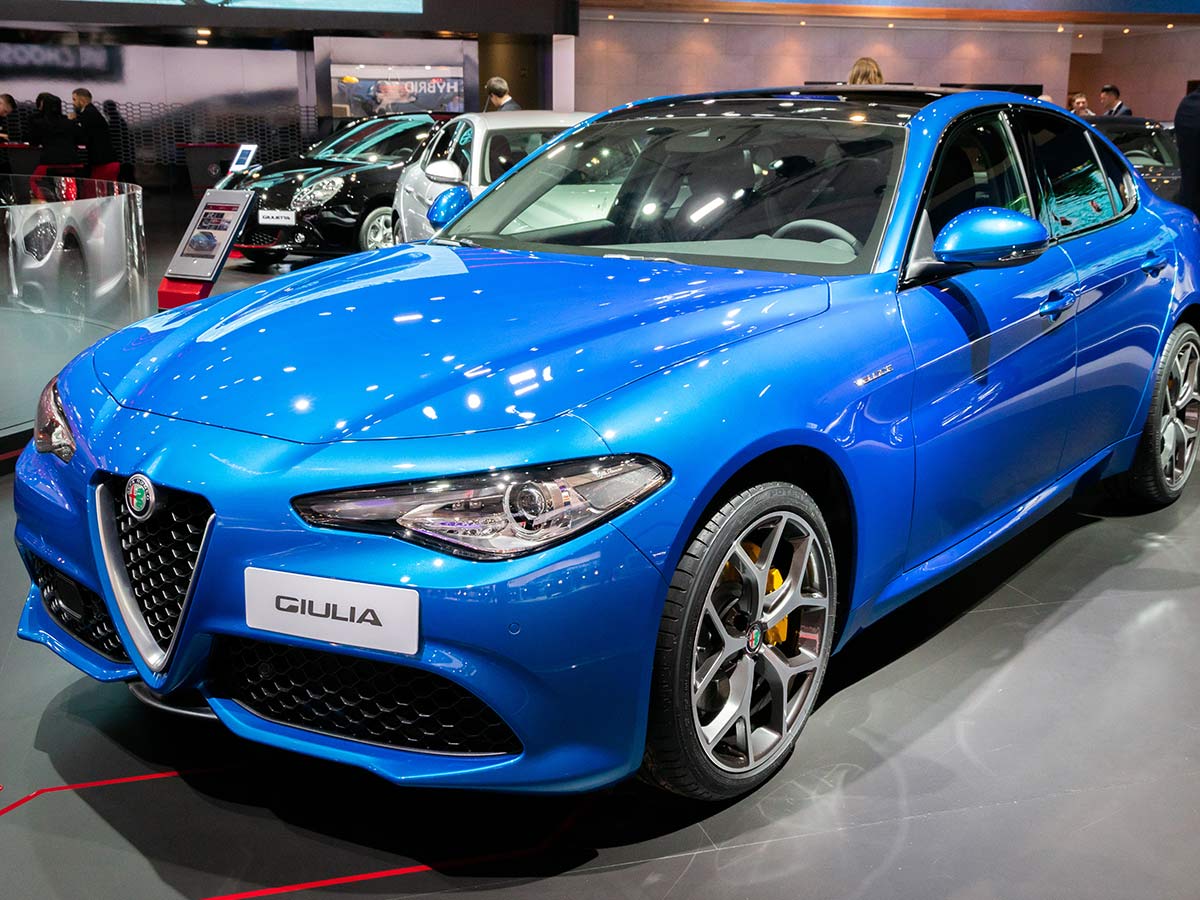
The Alfa Romeo Giulia is a striking sports sedan that excels at navigating corners with finesse, but it has its fair share of nightmares lurking beneath the surface. Known for its perplexing problems that often defy explanation, this car has a tendency to lock itself in standard settings instead of utilizing its sport modes.
The 2018 Giulia, in particular, has gained notoriety for its reliability issues. Owners have reported frustrating inaccuracies with the fuel gauge, along with brake fluid leaks and contamination. Additionally, models equipped with the 2.0L engine have faced overheating challenges that left drivers fuming. While the Giulia offers an exhilarating driving experience, these persistent issues can turn the thrill into a headache for those behind the wheel.
2002 GEM
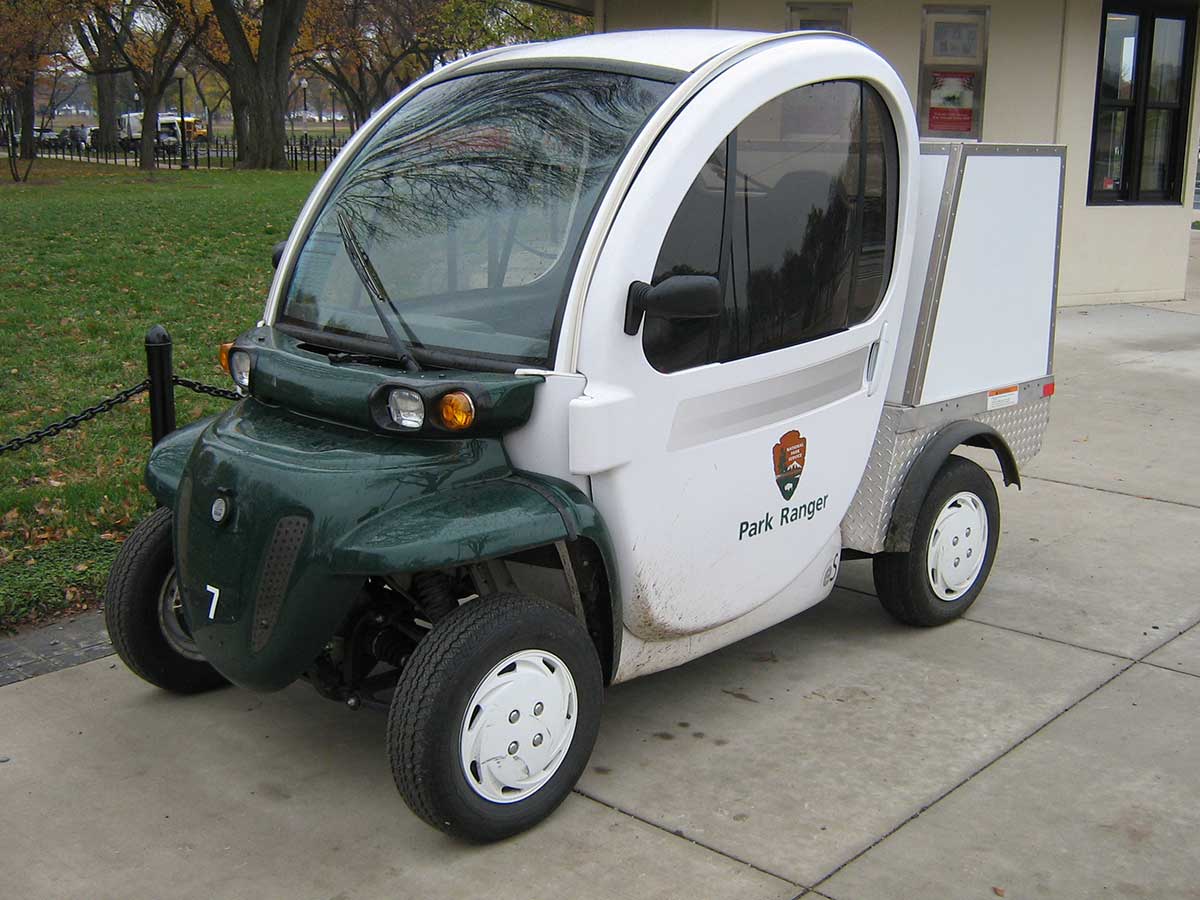
The 2002 GEM was little more than a glorified golf cart, designed to meet a specific set of low-speed vehicle regulations that made it street-legal. With a top speed of just 25 mph, it barely met the minimum requirement to be on the road, limiting its operation to streets with speed limits of 35 mph or lower.
While its electric powertrain could save you money at the pump, and the $6,995 price tag was certainly appealing, the drawbacks were hard to ignore. The GEM was impractical and unreliable, with performance that left much to be desired. Additionally, its lackluster aesthetics did little to enhance its appeal, leaving drivers wondering what they really got for their investment.
2018 Kia Cadenza

The 2018 Kia Cadenza might seem like an unlikely candidate for this list, especially considering its predicted reliability rating of four out of five from Consumer Reports. This smooth-riding sedan offered affordability and came with no recalls, which are definitely pluses. However, it had its share of problems lurking beneath the surface.
Owners reported significant issues with engine cooling, the fuel system, and the climate control system. In addition to these mechanical woes, the Cadenza faced criticism for its poor rear visibility, making it a challenge to navigate tight spaces.
Certain trims also had subpar headlight performance, which only added to the visibility concerns. While the Cadenza had a lot going for it, these shortcomings may leave drivers feeling more cautious than confident on the road.
Morgan Plus 8
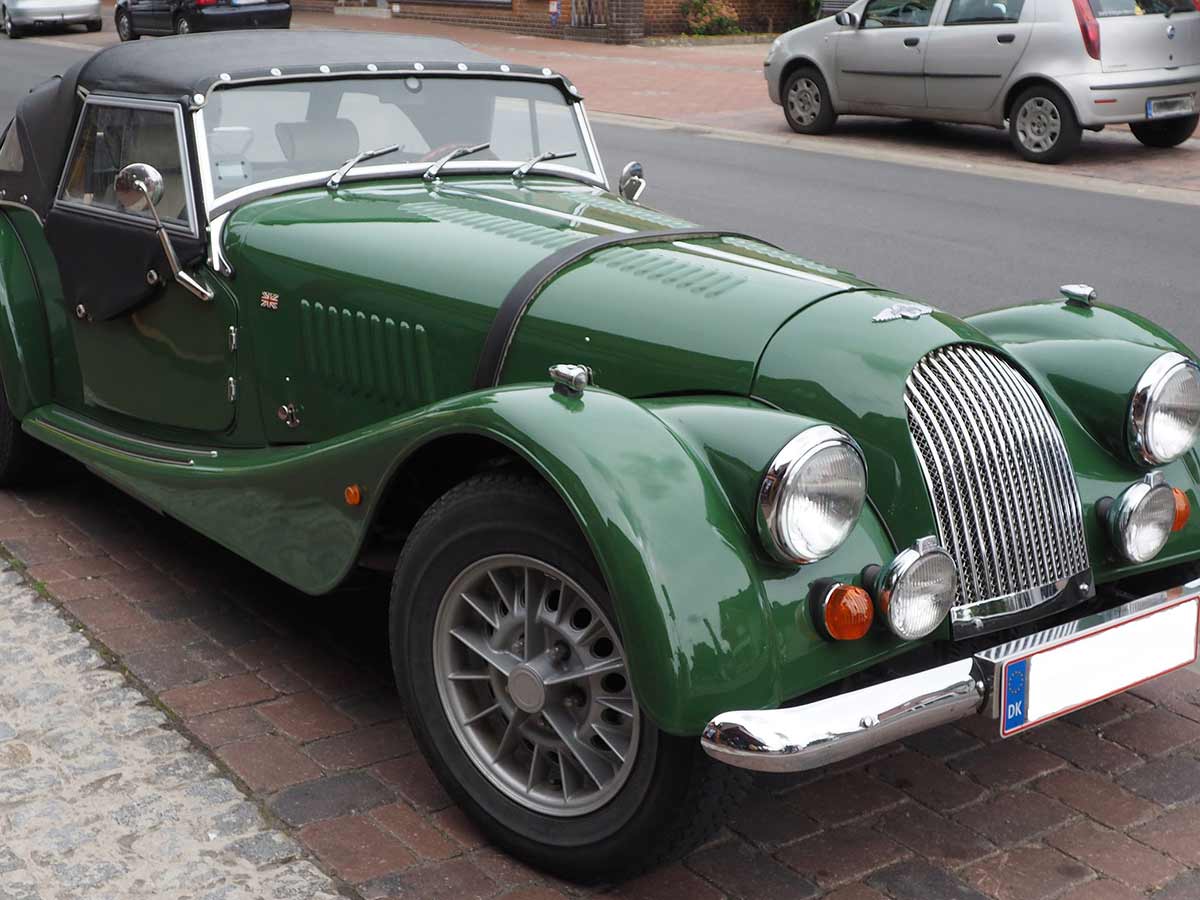
In the 1970s, changing emissions standards forced many automakers to rethink their designs, but the British carmaker Morgan took a decidedly unconventional route with the Morgan Plus 8.
Awarded the title for the "weirdest way to circumvent emissions laws," Morgan decided to power their vehicles with propane instead of gasoline. While this might have seemed like a clever solution on paper, the execution raised serious safety concerns.
The Plus 8 sported a propane tank precariously mounted from its back bumper, making it a ticking time bomb for any unsuspecting driver behind it. One simple rear-end collision could lead to an explosive situation, turning a leisurely drive into a dangerous gamble. With such an inventive yet hazardous approach, it’s no wonder Morgan became a relic of a bygone era.
1970 Ford Pinto
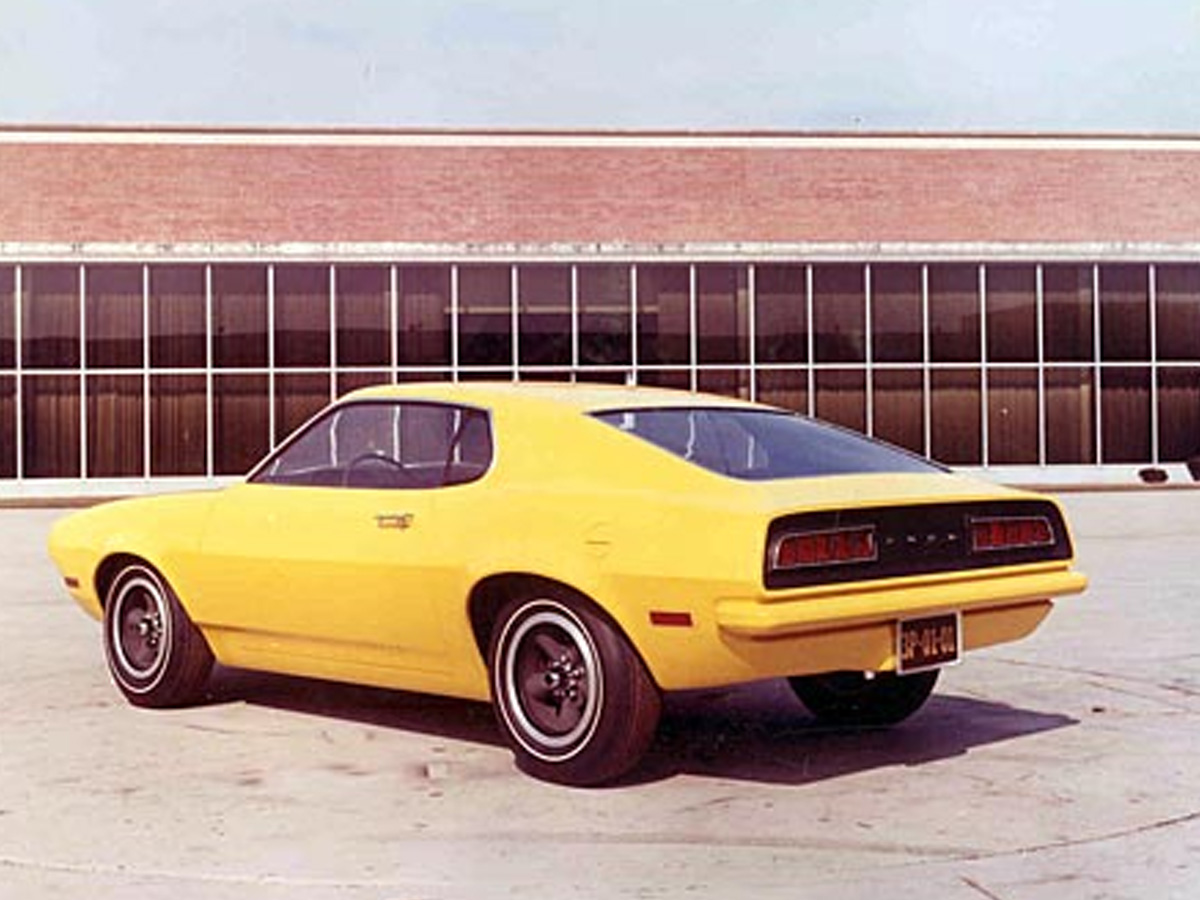
The Ford Pinto stands out as perhaps the most infamous failure on this list. While it wasn't the worst car to drive, it was riddled with perilous design flaws that would become legendary. Notably, the Pinto had a notorious tendency to burst into flames when rear-ended, leading to a staggering $50 million in payouts to victims of its deadly design.
The vehicle's dangerous reputation stems from its poorly positioned fuel tank, which turned the Pinto into a death trap in the event of a collision. Ford prioritized cost-effectiveness in its design, but this decision came at the shocking expense of human safety. Although the company eventually issued a voluntary recall, it was too little, too late for many drivers.
1976 Dodge Aspen
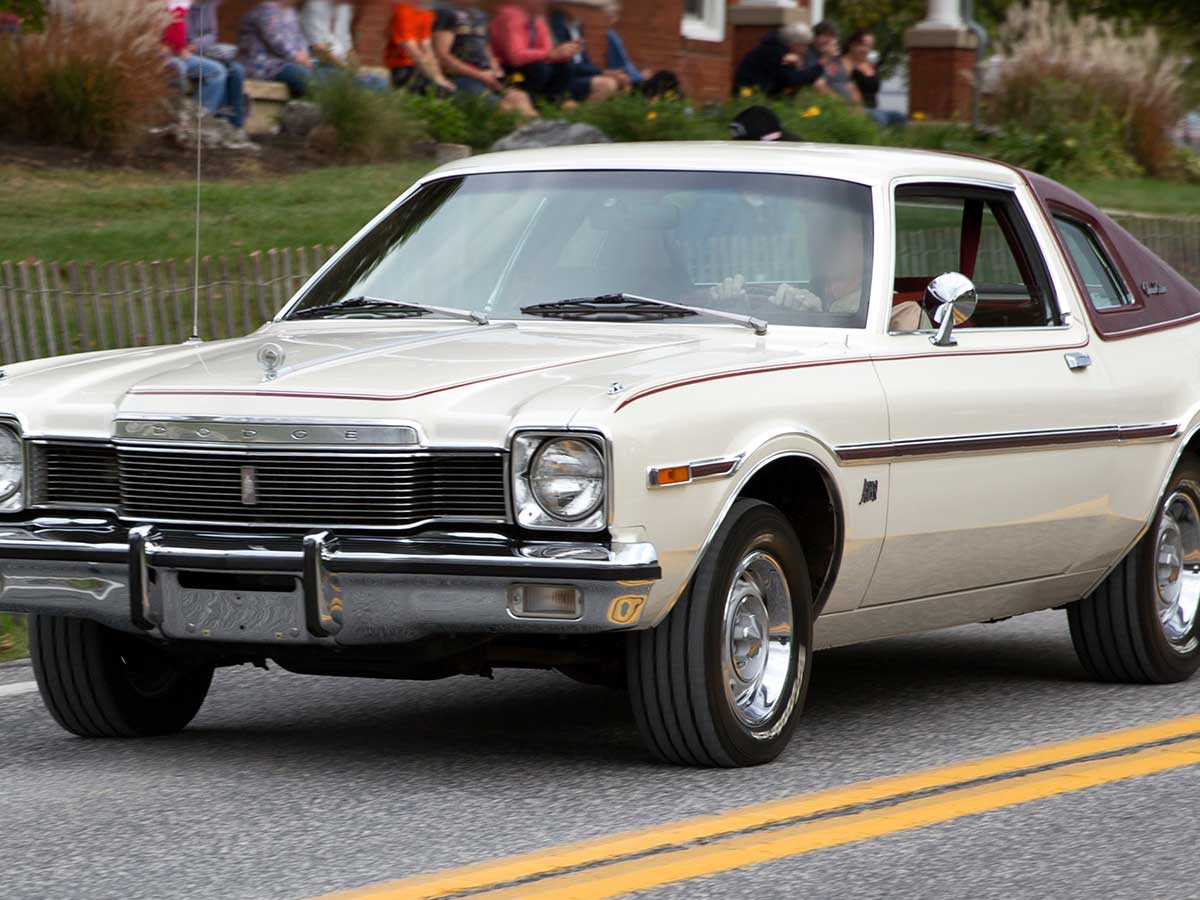
When it comes to old cars, "rusty" is the last adjective anyone wants associated with their ride. Unfortunately, the Dodge Aspen lived up to that reputation, being notorious for its rust issues and a host of significant flaws that sparked multiple recalls. Among these were serious concerns like fatigue failure in the support plates, which certainly doesn’t inspire confidence behind the wheel.
The power brakes had their own quirks, often leading to a maddening delay in braking action when you needed it most. Add to that the potential for secondary catch malfunctions and problems with the accelerator pump, and it’s clear why the Aspen became a prime example of automotive regret.
Bricklin SV-1

When Bricklin unveiled the SV-1 in 1975, they claimed it was all about safety, with the name standing for "Safety Vehicle 1." Sadly, the reality didn’t live up to the promise, as this car was safe in name only. One of the most glaring flaws was its construction: the panels were made of plastic rather than metal, marketed as dent-resistant, but in reality, they turned out to be rather flimsy.
To make matters worse, the SV-1 was far too heavy for its engine to manage, leading to underwhelming performance that left many drivers disappointed. Instead of revolutionizing safety, the Bricklin SV-1 became a cautionary tale of misguided intentions and shoddy execution, proving that good intentions don't always result in a good car.
1958 Lotus Elite

Fiberglass was the star of the automotive world before carbon fiber took the spotlight, thanks to its toughness, lightness, and affordability. The 1958 Lotus Elite embraced this trend, showcasing a fiberglass body that made it a formidable contender on the racetrack.
However, the material didn’t stand the test of time; it struggled with aging, and damage from collisions was notoriously difficult to repair. Even worse, the suspension mounts were prone to breaking through the car's body, leading to significant reliability concerns.
Designed with racing in mind, the Lotus Elite boasted a reduced weight for improved speed and maneuverability, achieving an impressive 75 horsepower and 35 mpg fuel economy. Unfortunately, the frequent repairs needed to maintain its performance rendered the Elite more of a hassle than a gem on the racetrack, leaving many drivers longing for a more dependable ride.
Triumph Stag

Triumph may have made a name for itself in the British automotive scene, but the company had its fair share of blunders, with the Triumph Stag released in 1970 standing out as a particularly egregious misstep. While the Stag boasted a sleek and stylish exterior, it hid serious troubles beneath the hood.
The most notorious issue was its tendency to overheat, sometimes leading to engine fires that could ignite a driver’s worst fears. For those fortunate enough to avoid flames, the Stag still delivered plenty of headaches with frequent timing chain failures, resulting in costly repairs. Luckily for the world, this lackluster car didn’t achieve widespread popularity upon its release, sparing many the agony of enduring its many faults.
1961 Amphicar

Remember the Amphicar? This ambitious car-boat hybrid was an interesting concept that ultimately flopped, and for one glaring reason: it wasn’t watertight! Picture this: you’re cruising along a serene lake, and suddenly, your vehicle starts to fill with water. If the bilge pump failed to do its job, the Amphicar would be on a fast track to the bottom.
Manufactured in West Germany from 1961 to 1968, the Amphicar featured what was then considered cutting-edge technology, achieving speeds of 7 knots on water and 70 mph on land. On paper, it sounded like a dream come true for adventurous souls. However, the reality was much less appealing, leaving many to question whether it was a car you could drive or a boat you could sink.
2011-2019 Hyundai Sonata Hybrid

The 2011-2019 Hyundai Sonata Hybrid unfortunately became infamous for more than its fuel efficiency— it gained a fiery reputation, quite literally. Engine failures due to faulty wiring and manufacturing defects often led to unexpected smoke and flames, turning peaceful drives into alarming situations.
Even after Hyundai issued multiple recalls, many drivers still reported that their cars could ignite without warning, making for a white-knuckle experience on the road. With the possibility of your vehicle spontaneously combusting, driving this Sonata Hybrid wasn’t just about getting from A to B—it was more like playing a high-stakes game of “will it catch fire today?”
1980 Ford Fiesta

Originally envisioned as the perfect family vehicle, this car quickly gained infamy for being one of the most unsafe lemons ever produced. It was plagued by numerous alarming issues, including a tendency to lose power on the freeway, unexpectedly lurch forward while at a complete stop, and suffer from severely flawed transmissions.
These safety concerns led to Ford facing a staggering $4 billion lawsuit for knowingly selling such dangerous vehicles.
The first-generation 1980 Ford Fiesta was not only infamous for its safety flaws but also stood out as one of the most unattractive cars of its era. To top it off, it was painfully slow, with its 1.6-liter engine producing a mere 54 horsepower. Intended to compete with European hatchbacks, Ford ultimately decided to market the Fiesta in the United States, a choice that did not help its reputation.
1981 DeLorean DMC-12

This might sting a bit for Back to the Future enthusiasts, but let’s face it: the DeLorean was a pretty underwhelming car that was far more successful as a time machine than as a vehicle. The DMC-12 was the sole model produced by the DeLorean Motor Company, and it quickly became known as a spectacular failure. With sluggish performance and a price tag that didn't match its capabilities, the build quality was questionable at best, and reliability was an ongoing issue.
Despite the hype and a cult following, many owners found themselves paying too much for a car that failed to deliver the sporty performance it promised. One of the most concerning issues involved a design flaw in the front suspension, which could potentially cause the wheels to detach while driving. It’s safe to say that while the DeLorean may have been iconic on-screen, it left much to be desired on the road.
2016-2019 Hyundai Sonata Plug-In Hybrid
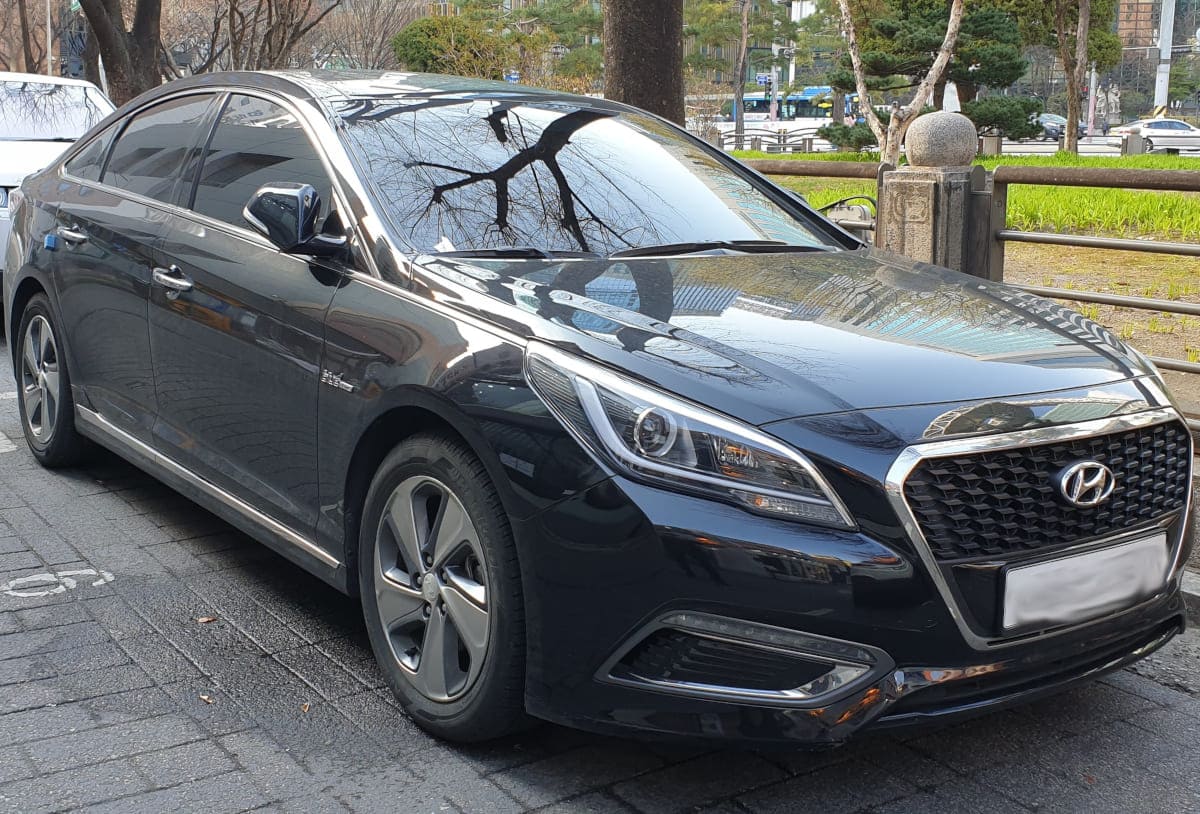
The 2016-2019 Hyundai Sonata Plug-In Hybrid unfortunately follows in its sibling’s smoky footsteps, with a tendency to overheat and potentially combust. Designed to be a greener option, this plug-in hybrid ironically developed a fiery reputation due to electrical system malfunctions. Owners have reported instances where the car can smoke or even catch fire — while parked, no less! Not exactly the eco-friendly performance anyone signed up for.
Despite Hyundai issuing recalls to address these issues, the risk of your car turning into an unintended bonfire hasn’t entirely vanished. So, if you're one of the brave souls behind the wheel of this model, keep a close watch for any strange symptoms before your ride heats up — literally. It's always good to be prepared, just in case things get too toasty!
1986 Yugo GV
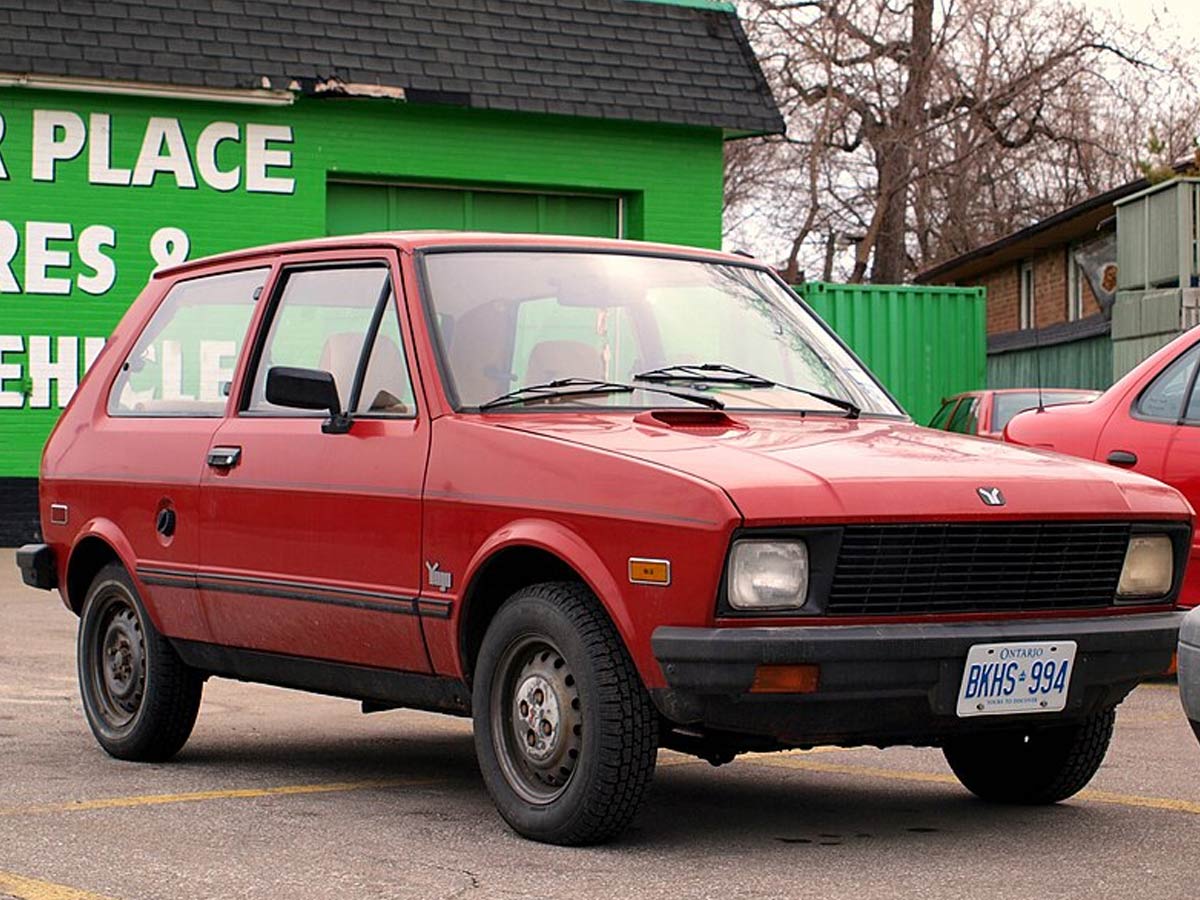
Marketed as the cheapest car in the United States, the Yugo was introduced by Malcolm Bricklin, the same individual who brought Subaru to American shores. While it did carry a low price tag of $3,990, the vehicle came with its fair share of shortcomings. With a meager 55 horsepower, the Yugo was painfully slow, and its engine was awkwardly squeezed into the same space as the spare tire, which was often larger.
The 1985 Yugo GV was manufactured in Yugoslavia and featured some basic amenities, including carpeting and a rear-window defroster as standard. However, the car was notorious for its lack of durability; it struggled to stay intact, with parts frequently falling off, making it a less-than-reassuring option for drivers. Safety and reliability were not strong suits for this bare-bones model.
2018 Cadillac Escalade
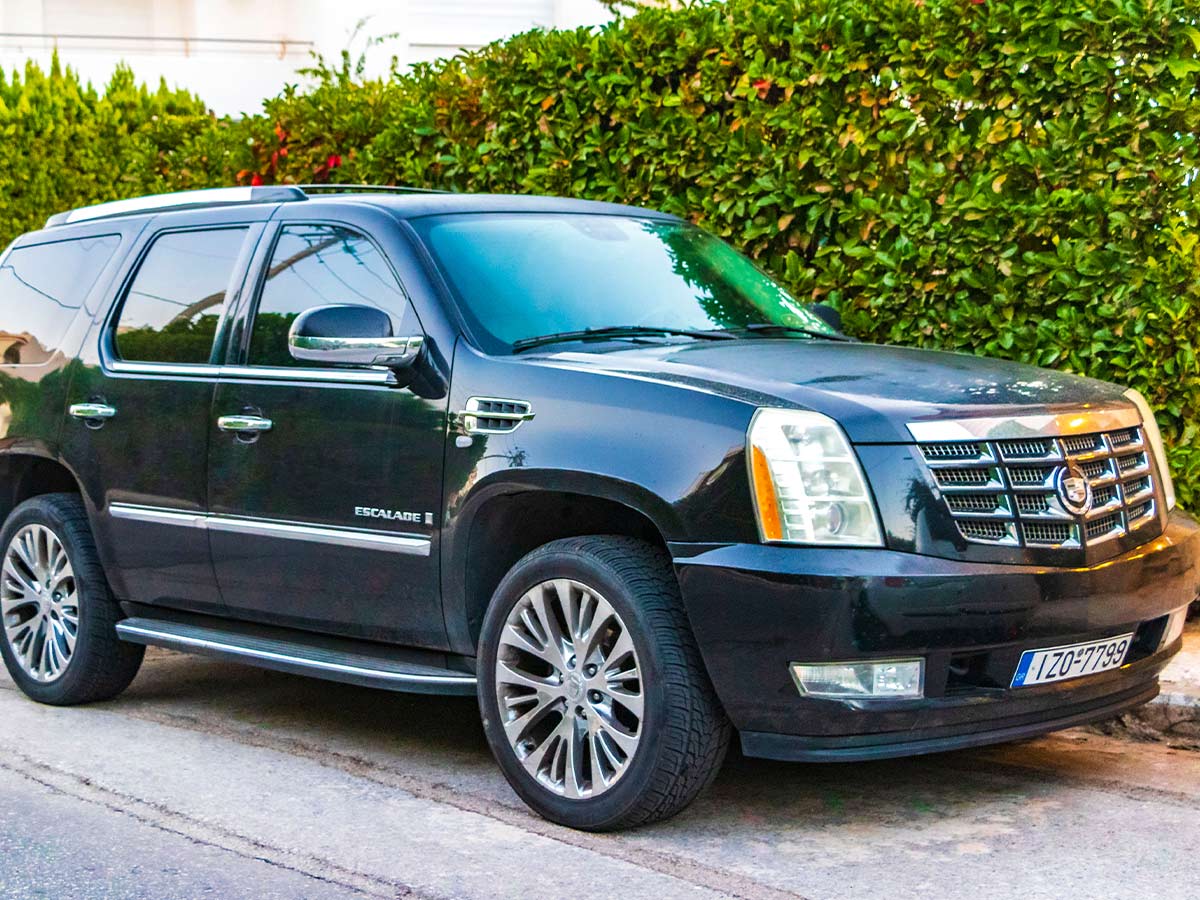
Beyond its infamous safety recall for subpar seat belts, the luxury Cadillac Escalade can best be described as a fancy lemon. While it exudes opulence, its in-car electronics often felt more frustrating than functional, and the climate control system left much to be desired. To top it off, the transmission had a reputation for being unreliable, which is not ideal for a vehicle in this price range.
Despite being one of the most iconic and expensive luxury SUVs on the market, the Escalade doesn't always deliver on its hefty price tag. The 2018 model, in particular, faced a serious issue with its hydraulic brakes, which compromised the effectiveness of the vehicle's power assist.
This meant drivers had to exert significantly more effort to stop, resulting in longer stopping distances. Not exactly the kind of luxury experience you’d expect from a Cadillac!
2010-2012 Hyundai Santa Fe

The 2010-2012 Hyundai Santa Fe brought more heat than expected. This midsize SUV, known for its comfortable ride and spacious interior, unfortunately also earned a reputation for its tendency to ignite unexpectedly. The culprit? Issues with the anti-lock braking system and electrical faults that could lead to dangerous overheating. Some unlucky owners even reported their vehicles bursting into flames while parked and unattended.
Though Hyundai issued recalls to tackle these fire hazards, the Santa Fe's fiery reputation left drivers on edge. While it’s great for hauling cargo and family, this SUV might have left you nervously glancing at the dashboard a little too often. Pro tip: carrying a fire extinguisher wasn’t just an overreaction — it might’ve been a wise choice on those unpredictable road trips!
1960 Chevrolet Corvair
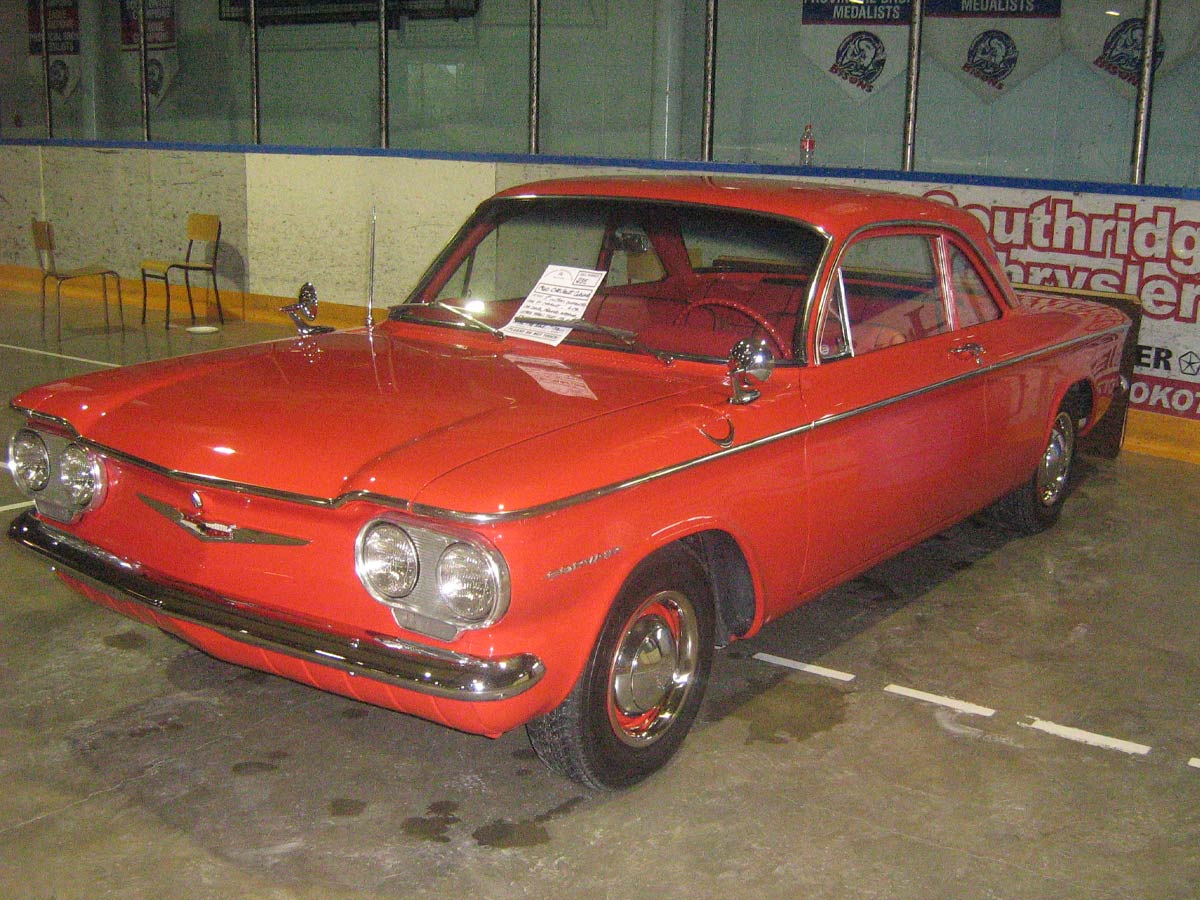
Chevy's Corvair aimed to take on the VW Beetle but fell flat in delivering a reliable alternative. Its swing-axle independent rear suspension made the car prone to oversteering, leading to numerous accidents. This poor handling was so problematic that it contributed to the establishment of the National Highway Traffic Safety Administration (NHTSA) and the introduction of mandatory safety testing in the U.S.
The first-generation Corvair was marketed as an economy car but came with minimal features. Its rear-engine layout further complicated handling, making it tough for drivers to control. The frequent rollovers prompted Chevy to eventually offer an anti-roll bar as an optional feature, highlighting the car's significant design flaws.
2018 Tesla Model S

While Tesla is celebrated for producing some of the safest cars on the road, the same can't be said for their reliability. According to Business Insider, the Tesla Model S has been dubbed the least reliable car among 159 different models, as reported by over 18,000 car owners.
The issues plaguing this electric sedan are quite varied, with common complaints including electrical system malfunctions, fragile structures that lead to broken parts and unsightly dents, problematic brakes, and unreliable batteries.
Additionally, vehicles equipped with the NVIDIA Tegra 3 processor and an 8GB eMMC NAND flash memory device have faced significant issues. When the eMMC controller fails, it can result in the loss of essential features like the rearview camera display, defogging settings, and turn signal functionality. So, while the Model S may have impressive safety ratings, its reliability track record leaves much to be desired!
1970 Chevrolet Vega

Initially hailed as Motor Trend's Car of the Year in 1971, the Chevrolet Vega soon revealed its true colors, disappointing drivers with its poor quality. One of the most significant issues was its tendency to rust rapidly, coupled with frequent engine failures.
Owners found themselves constantly adding oil, as valve stem seals cracked, and overheating led to the warping of the aluminum block engine. These problems often resulted in engine fires, raising safety concerns. Produced from 1970 to 1977, the Vega was marred by a series of recalls, further solidifying its negative reputation. Its numerous flaws ultimately drove drivers away, tarnishing what began as a promising start for this compact car.
2010-2021 Hyundai Tucson
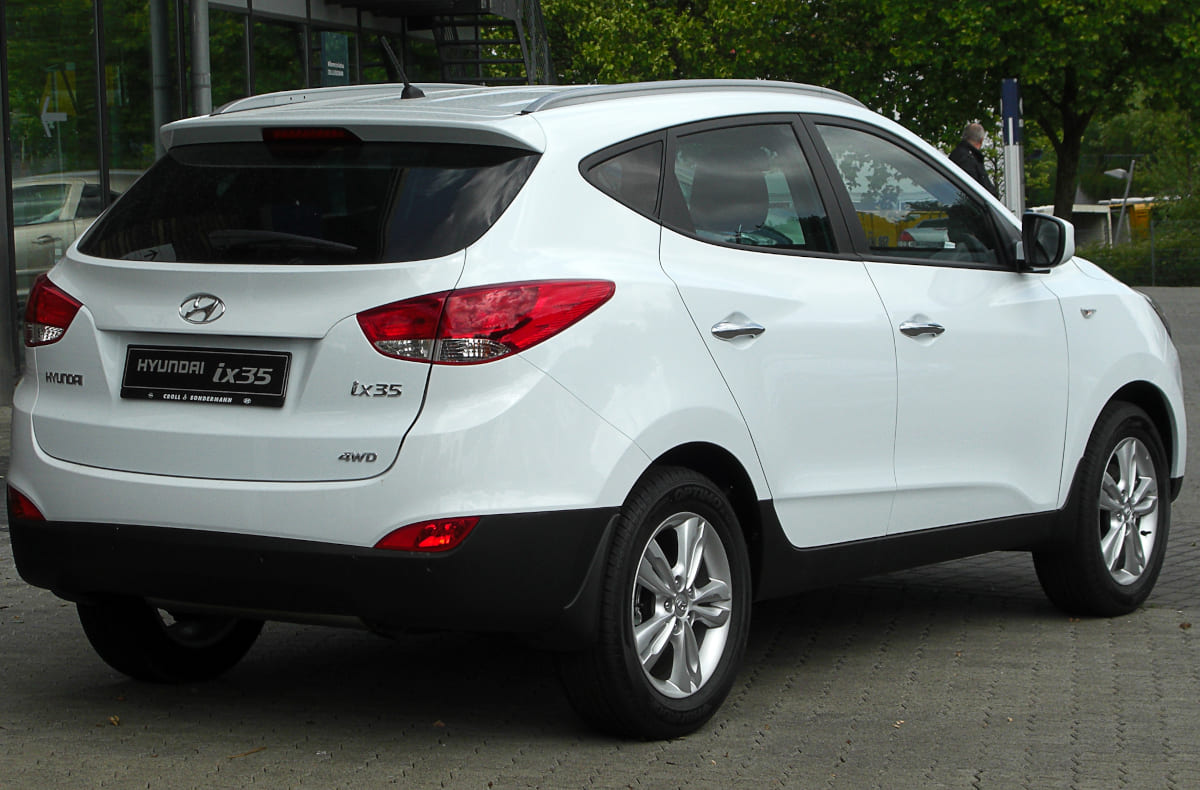
The 2010-2021 Hyundai Tucson has become a hot topic, but not in the way you'd hope. Known for its sleek design and general reliability, this popular SUV developed a darker side — one involving spontaneous combustion. Several models in this generation have been plagued by engine failures, leading to overheating and, in some alarming cases, flames shooting out from under the hood.
Despite Hyundai issuing recalls and warnings to address these issues, the Tucson's fiery reputation continues to spark concern. For drivers, it’s a sobering reminder that even dependable vehicles can have serious flaws. So, if you're driving a Tucson from this era, stay alert for any strange engine noises or flashing warning lights. After all, you’d prefer your daily commute without an unexpected fiery finale!
1970 AMC Gremlin
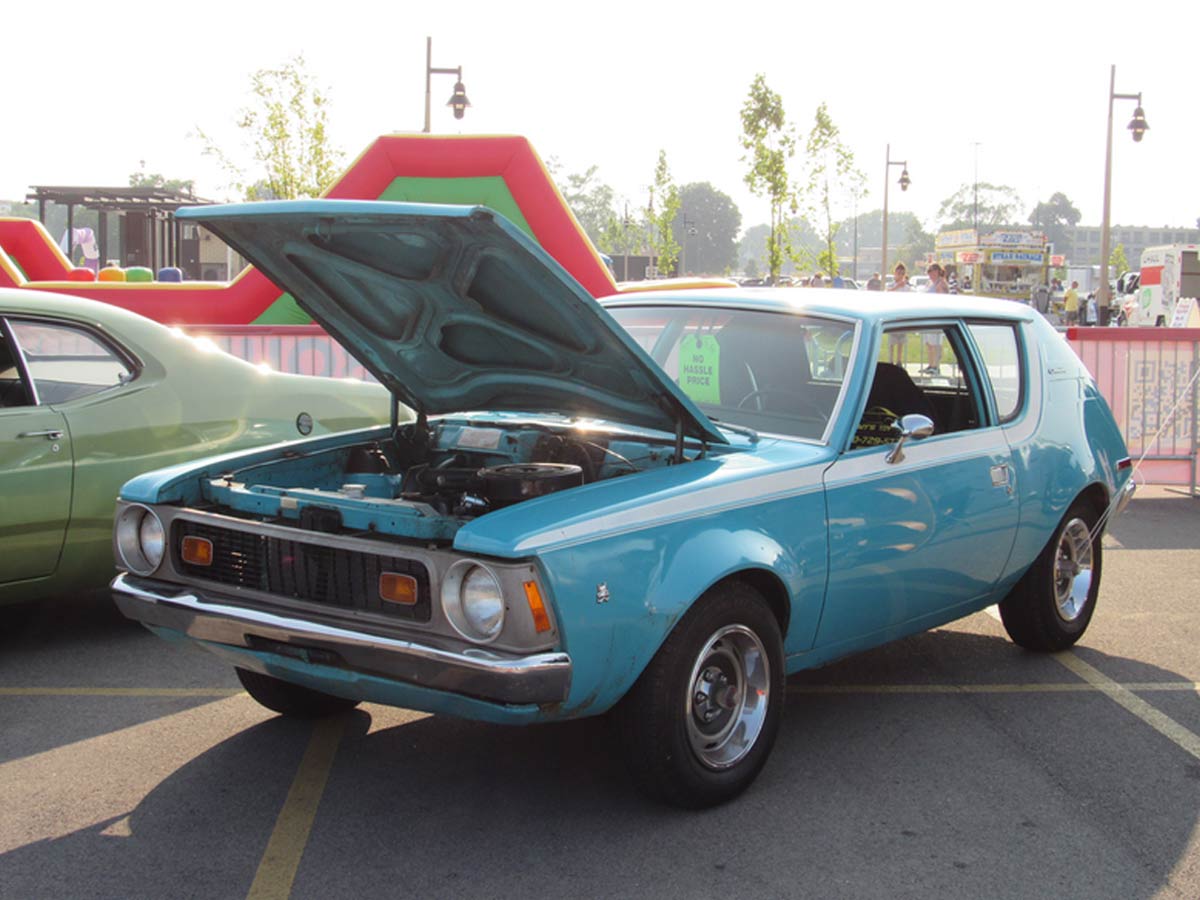
The Gremlin is often cited as a prime example of a botched redesign of the AMC Hornet, resulting in a vehicle that faltered in both performance and aesthetics. With its awkward proportions, the car suffered from poor handling, primarily due to its short rear end, which limited suspension travel and stability. Beyond its looks, the Gremlin was notorious for rusting easily, drinking fuel like a thirsty traveler, and struggling with inadequate emissions control systems.
Launched in 1970 and produced until 1978, the AMC Gremlin has become one of automotive history’s most notorious cars. Its less-than-stellar reputation stems from its budget construction and overall lack of quality, ensuring it remains a topic of conversation — and not for the right reasons!
2014 Hyundai Elantra Coupe
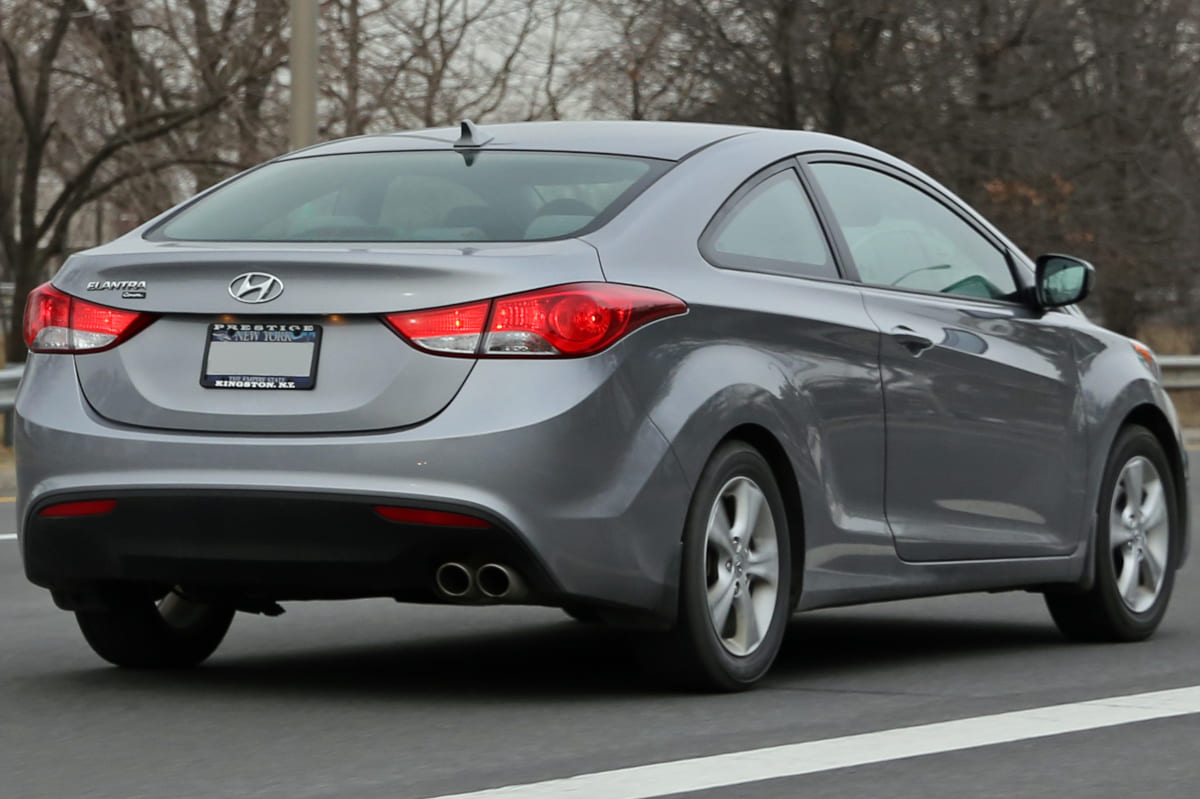
The 2014 Hyundai Elantra Coupe may look sporty and sleek, but its fiery reputation is hard to ignore. Underneath that stylish exterior lies a troubling history of engine issues that can lead to overheating — and, in some unfortunate cases, actual flames erupting from the engine bay. Though praised for its sharp design and fuel efficiency, this coupe’s potential for spontaneous combustion casts a shadow over its appeal.
Hyundai has stepped in with recalls and advisories, urging drivers to stay alert for any warning signs. So, if you’re cruising in this fiery coupe, keep your ears tuned for odd noises and your nose keen for unusual smells. After all, no one wants their stylish ride to go up in flames! It’s cool to be hot, but this one takes it too far.
1975 AMC Pacer
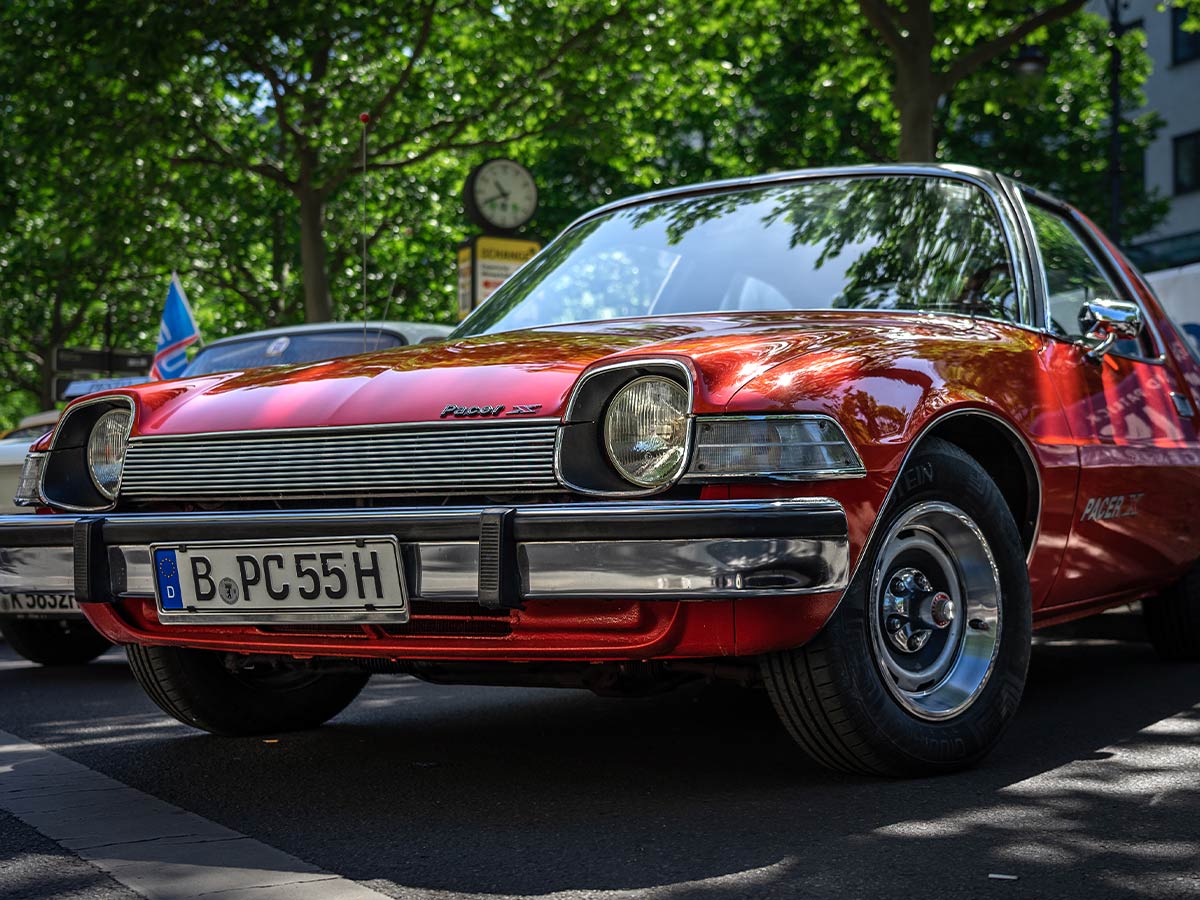
Much like its counterpart, the AMC Gremlin, the AMC Pacer carved out a niche for itself as an infamously unattractive and unreliable vehicle. With its distinctive fishbowl shape and asymmetrical doors, it was hard to ignore — though most would prefer to.
Beyond its questionable aesthetics, the Pacer faced numerous mechanical issues, including a tendency to rust quickly and a fuel appetite that rivaled much larger cars. Metal components, such as door handles, often broke off, and drivers reported problems with shoddy brakes and water pumps.
Produced until 1979, the two-door compact Pacer featured a wide body and an oddly rounded design that was ahead of its time but ultimately unappealing. Despite an impressive first-year sales figure of 145,528 units, interest dwindled as consumers quickly realized the car’s many reliability issues, sealing its fate as an automotive oddity.
2014-2016 Hyundai Elantra Sedan
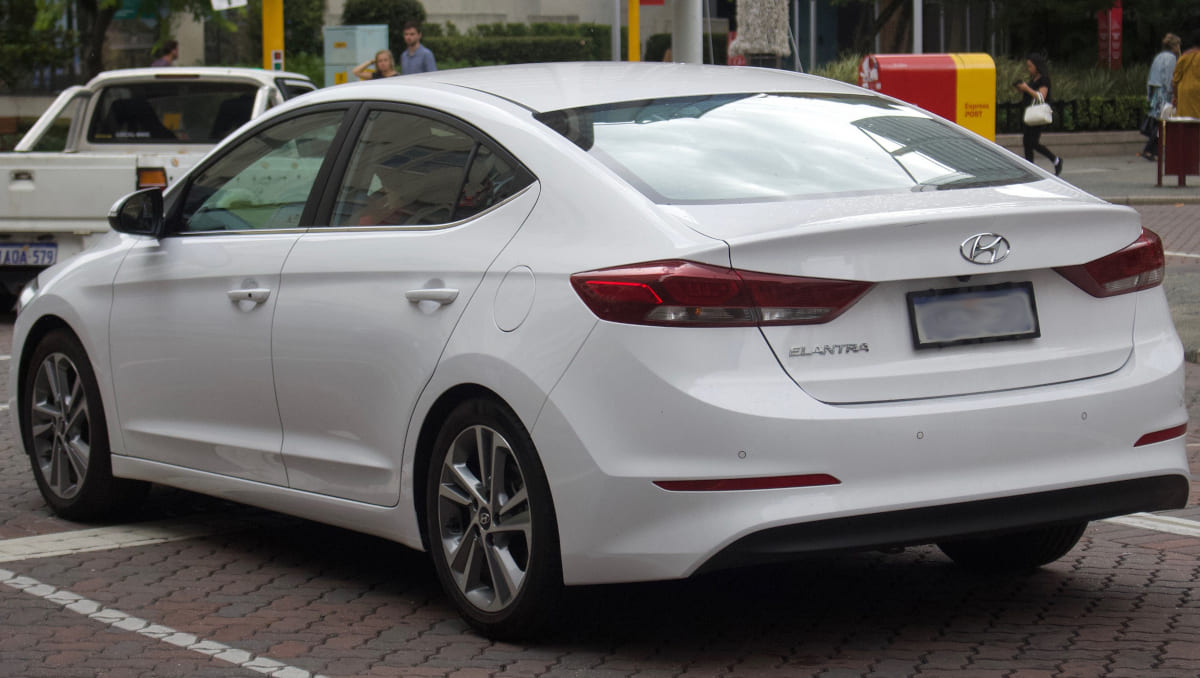
The 2014-2016 Hyundai Elantra Sedan, with its sleek design and budget-friendly features, was a favorite among compact car enthusiasts — until it developed a fiery reputation. Reports of engine failures, often caused by excessive oil consumption or faulty components, led to overheating and even potential combustion. Not exactly the kind of heat Hyundai had in mind!
In response, Hyundai issued recalls, urging owners to keep a close watch on their oil levels and engine performance. Despite its practical appeal and popularity among thrifty drivers, this sedan’s tendency to spark up served as a flaming reminder to stay on top of maintenance. So, if you own one, be proactive — because no one wants their morning commute to end in a bonfire! Safety first, folks!
1970 Bond Bug Three-Wheeler

The Bond Bug is a car that has earned its place in automotive history as both a quirky collectible and a cautionary tale. Its unique three-wheel design may have attracted attention for its novelty, but it quickly earned a reputation for being downright dangerous. The Bug had a notorious tendency to roll over if drivers took a turn too sharply, braked too abruptly, or even sneezed too forcefully.
There's a clear reason why most cars come equipped with four wheels, and the Bond Bug serves as a stark reminder of the risks associated with straying from this norm. Its appearance didn’t do it any favors either; it resembled a whimsical go-kart, drawing laughs rather than admiration.
Interestingly, this bizarre vehicle also has a cinematic connection: Luke Skywalker’s landspeeder from Star Wars was built on the Bond Bug’s chassis, cleverly hiding its wheels behind mirrors for a futuristic look.
2014-2020 Hyundai Elantra GT
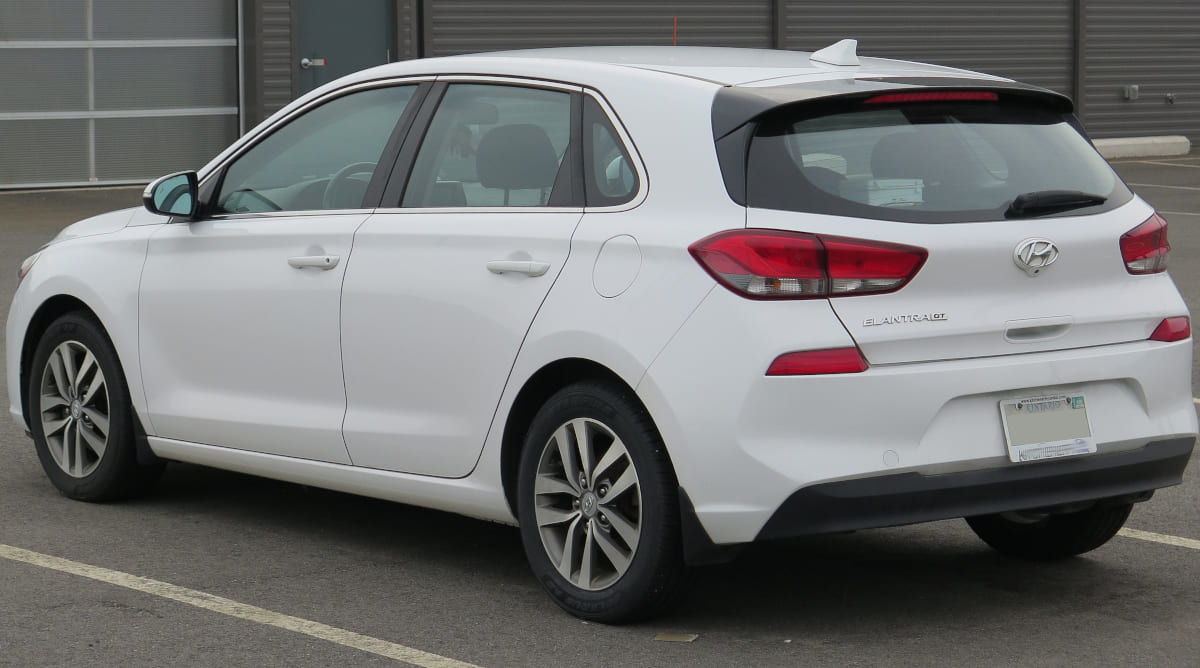
The 2014-2020 Hyundai Elantra GT, a sporty hatchback with sleek styling and versatility, caught the attention of drivers — but unfortunately, not always for the right reasons. Despite its fun-to-drive appeal, this model has faced scrutiny for its tendency toward engine fires, making some road trips a little too hot to handle.
Faulty engine components, particularly related to oil leaks, have been known to cause overheating and, in worst-case scenarios, potential combustion.
Hyundai responded with recalls, advising owners to stay vigilant about engine maintenance and warning lights. While the Elantra GT offers a lively ride, its fiery side serves as a reminder to take engine care seriously. So, buckle up, stay alert, and remember: safety is always in style—even when your car’s too hot to handle!
2014 Mercedes-Benz CLA

According to Consumer Reports' 2014 Annual Auto Reliability Survey, the Mercedes-Benz CLA stands out as the worst model from the luxury brand, with reliability ratings a staggering 140% worse than the average car.
For a vehicle priced around $35,000, that’s quite a shocker. In addition to its high cost, the CLA is plagued by noise issues, cramped interiors, and problematic blind spots, not to mention significant electrical and engine troubles.
As a brand-new model that year, the 2014 CLA was expected to have some room for improvement, but it quickly became clear that "improvement" was putting it mildly. The car's emergency call system was prone to malfunctions, rendering it ineffective when needed, and there were alarming reports of airbags deploying unexpectedly.
These shortcomings paint a rather grim picture for a vehicle that should embody the luxury and reliability synonymous with the Mercedes-Benz name.
2012-2017 Hyundai Veloster
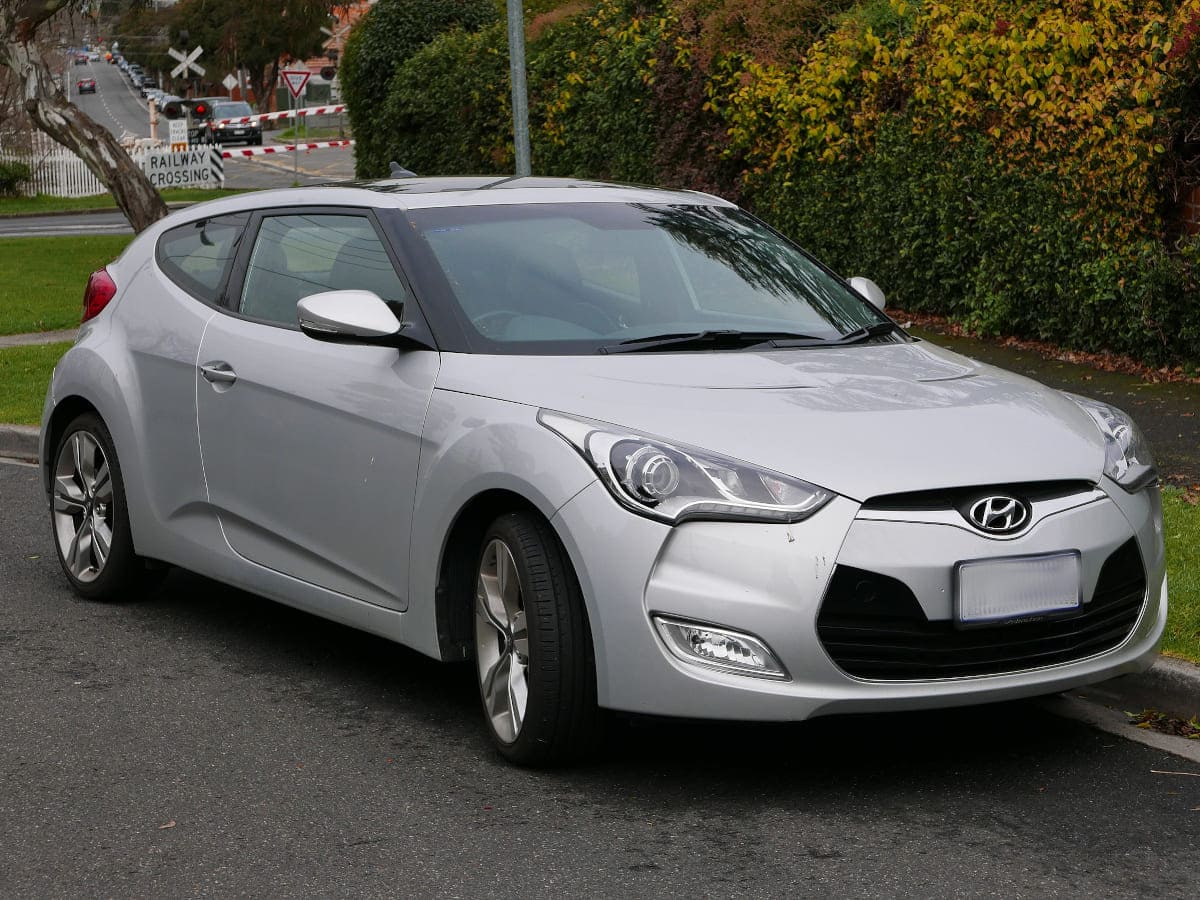
The 2012-2017 Hyundai Veloster is a head-turner with its unique three-door design and sporty vibe, making it a standout among compact cars. Unfortunately, it also stands out for a less thrilling reason — its potential for engine fires. Engine defects, particularly those causing oil leaks, have made this zippy little car more prone to overheating, sometimes with dangerous results.
Though the Veloster promises an exciting ride, many owners found themselves speeding to the dealership for repairs rather than enjoying the open road. Hyundai has issued recalls to address these fiery concerns, but it’s a cautionary tale for prospective buyers. Sure, the Veloster can spark excitement — but you definitely don’t want it sparking flames. Keep it cool, and always be mindful of those warning signs!
1954 Nash Metropolitan
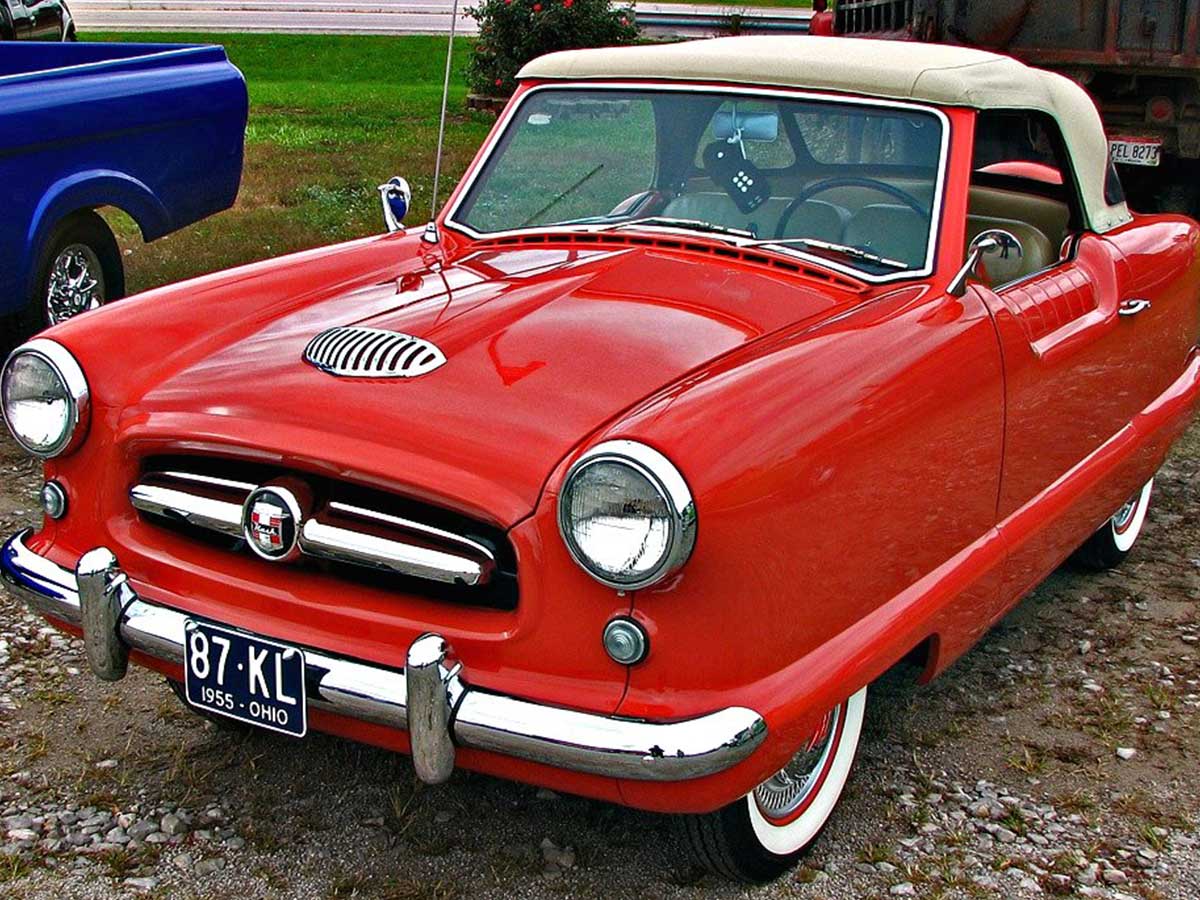
The 1954 Nash Metropolitan is often hailed as one of the most horridly designed cars of the 1950s, and for good reason. This subcompact vehicle was poorly constructed, leading to a laughable performance that left many drivers feeling like they were teetering on the brink of a tumble during tight corners.
Thankfully, the woefully underpowered 1.2-liter engine ensured that any dramatic tipping was averted — its sluggish speed kept the thrill of disaster at bay. Produced from 1954 to 1962, the Metropolitan has often been dubbed the "smart car of the 1950s." While it may have looked quirky, its design and engineering certainly missed the mark, earning its spot among the worst cars ever to hit the road.
1980 Chevrolet Citation
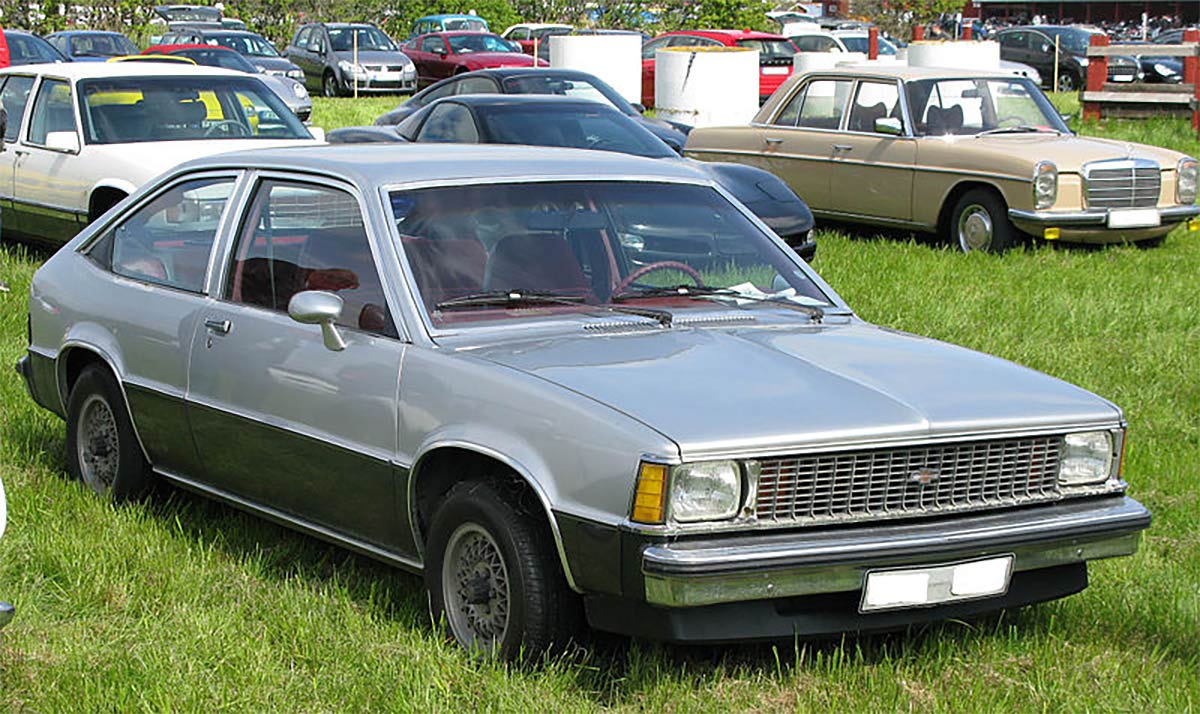
The Chevy Citation experienced a phenomenal launch, flying off dealership lots in its first year as demand outstripped supply. However, the initial excitement quickly faded as drivers discovered the troubling realities of this compact car. Safety concerns became a significant issue, including dangerous power steering problems, loss of control while braking, and faulty fuel lines. These issues contributed to the Citation becoming the most recalled vehicle in history.
One particularly alarming defect was that the rear wheels could lock up if excessive force was applied to the brakes suddenly, leading to dangerous skids and potentially catastrophic accidents. As a result, the Chevy Citation earned a notorious reputation for reliability and safety, ultimately tarnishing its initial success and leaving many drivers wary of the model.
1972 Lancia Beta
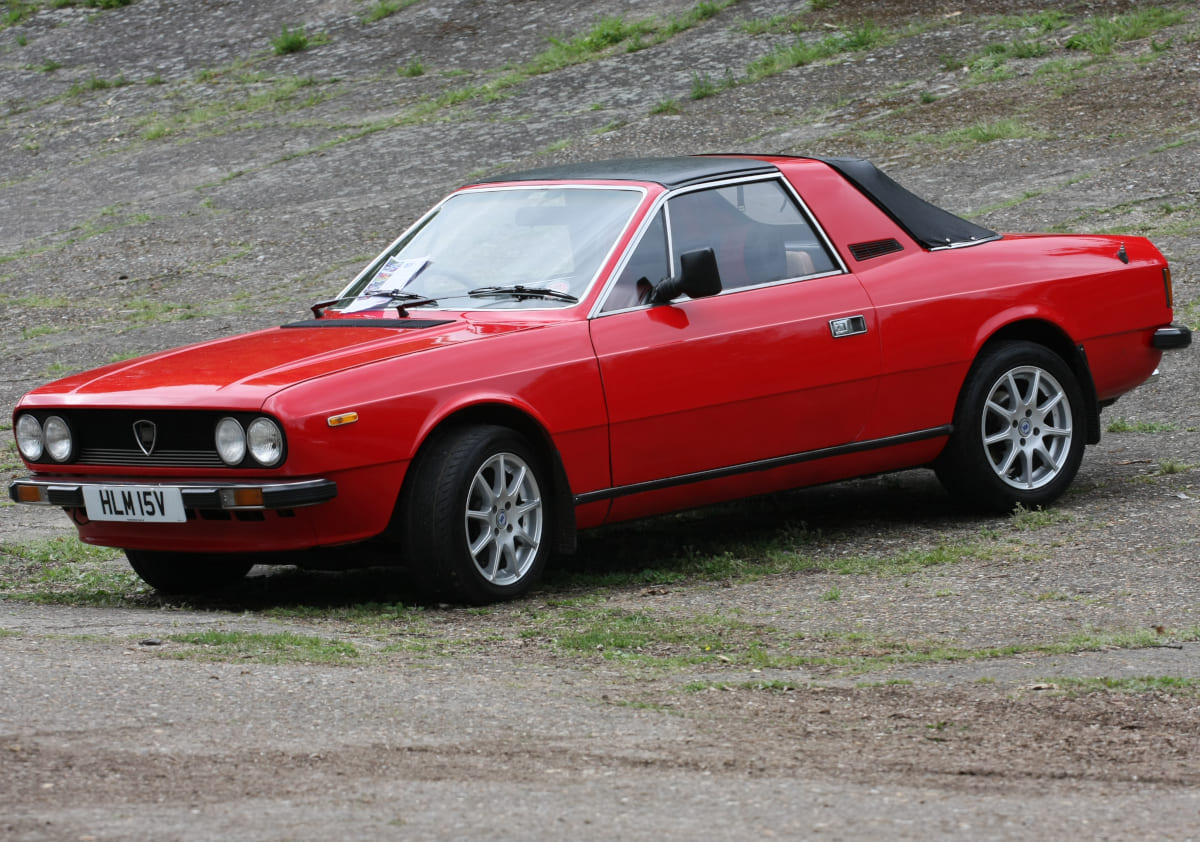
Introduced in 1972, the Lancia Beta was initially met with enthusiasm from both experts and the public alike. It boasted innovative design and features that captured attention, but this admiration quickly faded as issues arose. Manufactured until 1984, the Beta soon gained notoriety for its alarming reliability problems.
Early models, in particular, developed a reputation for severe rusting. Rumors circulated that the vehicles were constructed from Soviet steel, which was believed to explain their susceptibility to corrosion. However, these claims were never substantiated, and it became clear that the manufacturer had failed to implement adequate rust-proofing measures during production.
As the years went on, the Lancia Beta's once-promising legacy was overshadowed by its flaws, ultimately leading to disappointment among its owners and a tarnished reputation in automotive history.
2011-2020 Kia Optima Hybrid
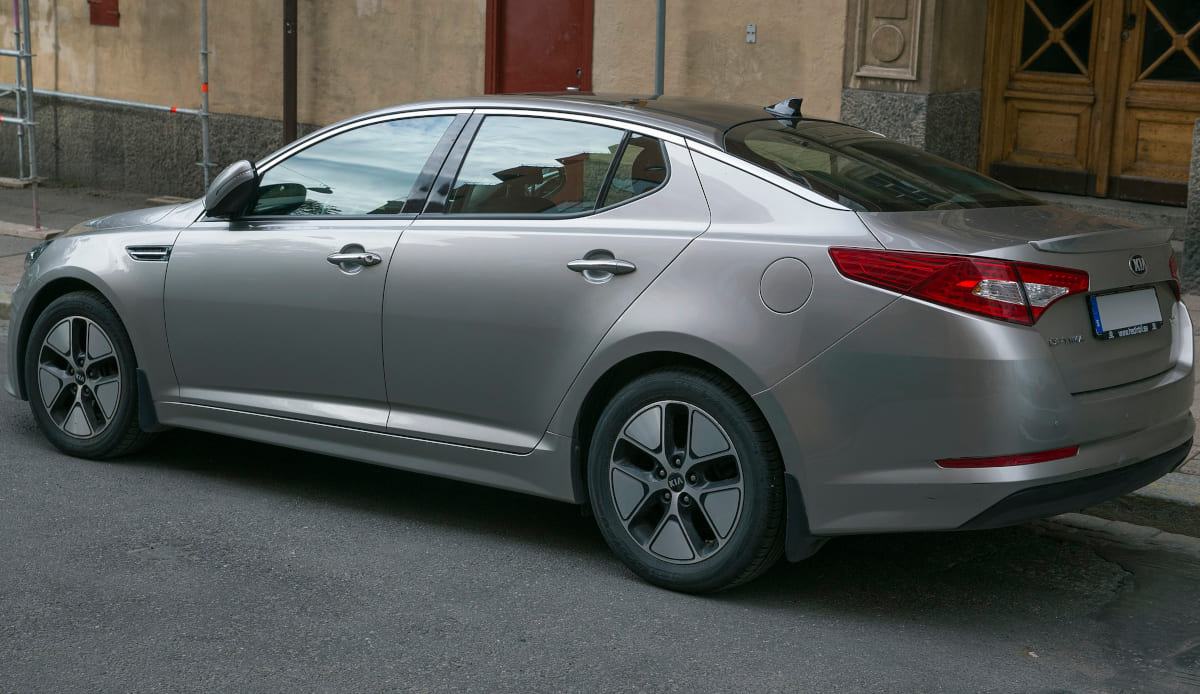
The 2011-2020 Kia Optima Hybrid might catch your eye with its sleek design and eco-friendly features, but this hybrid has a troubling reputation when it comes to fire risks. Reports from owners highlight incidents of engine failures that can lead to unexpected fires, often due to faulty wiring or electrical system issues. Talk about a hot mess!
In response to these alarming concerns, Kia has issued multiple recalls to address the problems and reassure drivers. While the Optima Hybrid boasts impressive fuel efficiency and a comfortable ride, the lurking threat of flames can dampen its appeal. For those eyeing this model, staying informed about recalls and maintenance updates is essential to ensure that their stylish ride stays safe and sound. After all, no one wants their eco-friendly car to turn into a fire hazard on the road!
1990 Ford Explorer
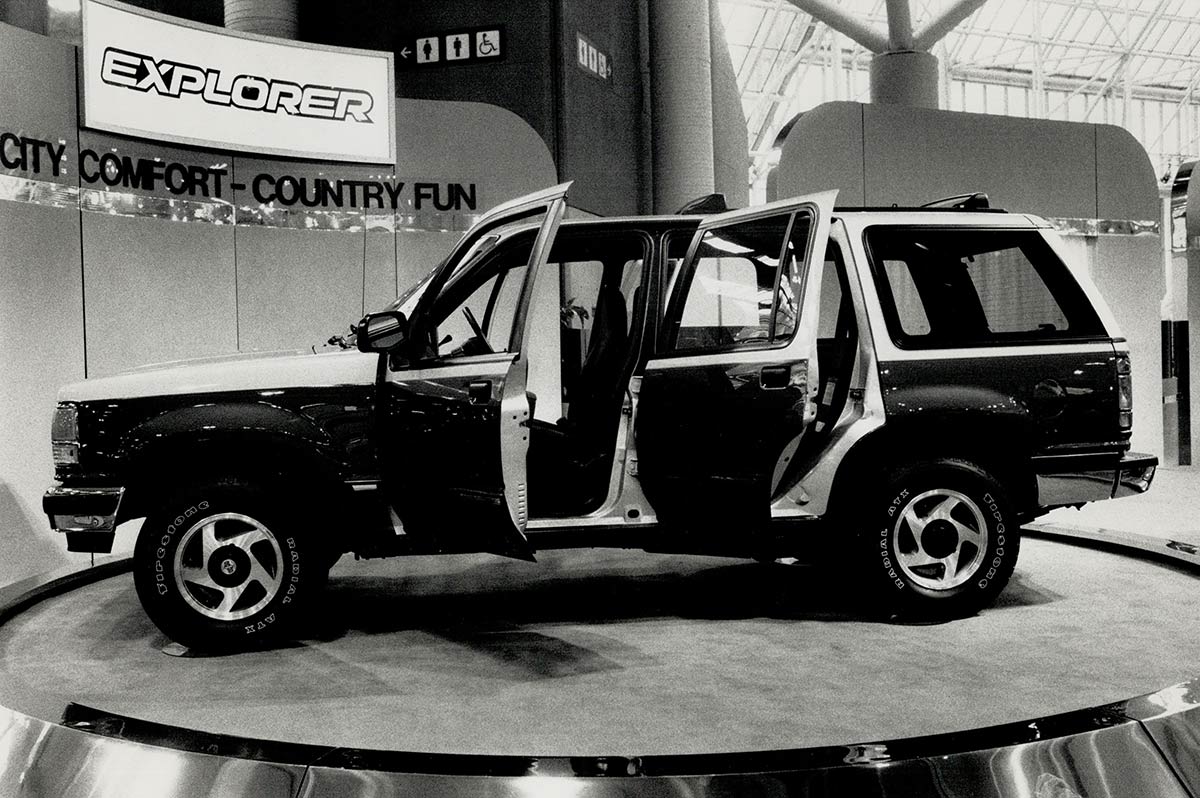
The 1990 Ford Explorer earned a notorious nickname: "The Exploder." This label stemmed from a series of alarming safety issues that plagued early models, particularly with the Firestone tires, which had a troubling tendency to blow out at highway speeds.
Coupled with the vehicle's tall frame, these tire failures led to a shocking number of fatal rollover crashes. If you’re planning a road trip, you might want to steer clear of this one.
Despite this rocky start, Ford didn’t let one unfortunate model define the Explorer's legacy. The automaker learned from its early missteps, making significant improvements in subsequent years. While certain model years have had their ups and downs, the Ford Explorer has persevered as one of the most popular SUVs on the market, proving that sometimes, a rough start can lead to a solid comeback.
1979 Oldsmobile Cutlass Supreme Diesel
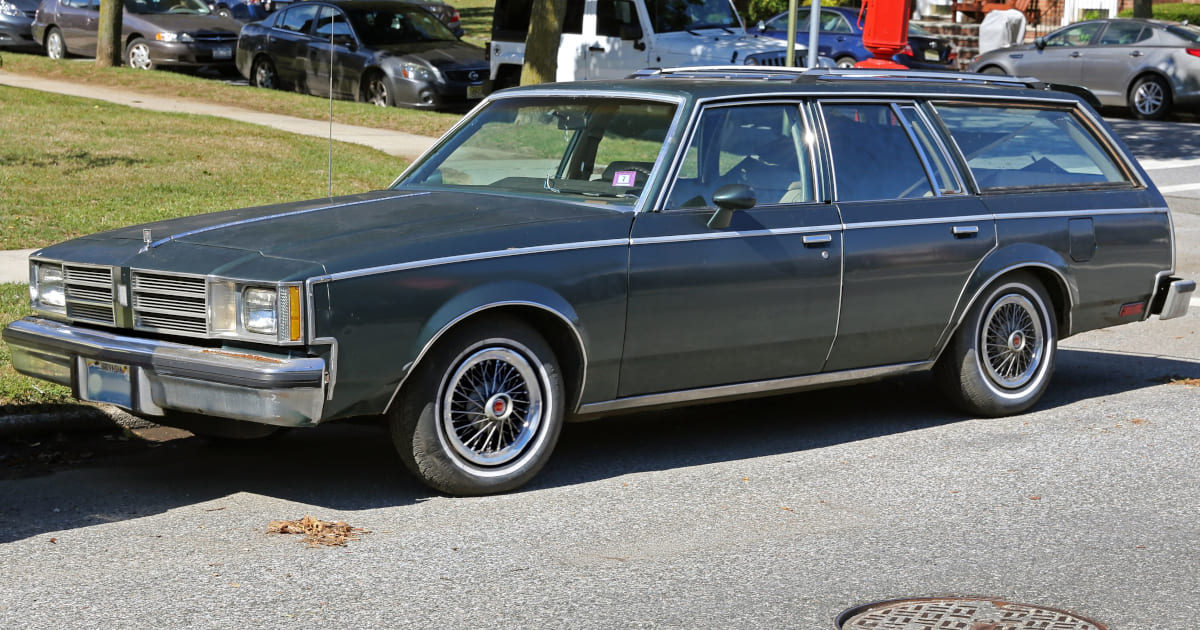
Oldsmobile's foray into diesel engines turned out to be a catastrophic misstep, particularly with the Oldsmobile Cutlass, which enjoyed popularity over three generations. However, its fourth generation severely tarnished the brand's reputation, marking it as one of the most dangerous cars ever manufactured.
The Oldsmobile Cutlass Premium Diesel offered two engine options: a 5.7-liter and a 4.3-liter. While both engines had significant issues, the 4.3-liter variant was particularly notorious for its unreliability. Attempts to push the engine to deliver 90 horsepower often resulted in catastrophic failures, with reports of exploding engines becoming alarmingly common.
This combination of engineering flaws and safety concerns not only led to widespread dissatisfaction among owners but also left a lasting stain on the legacy of the Cutlass nameplate.
1979 Mercedes-Benz 300SD
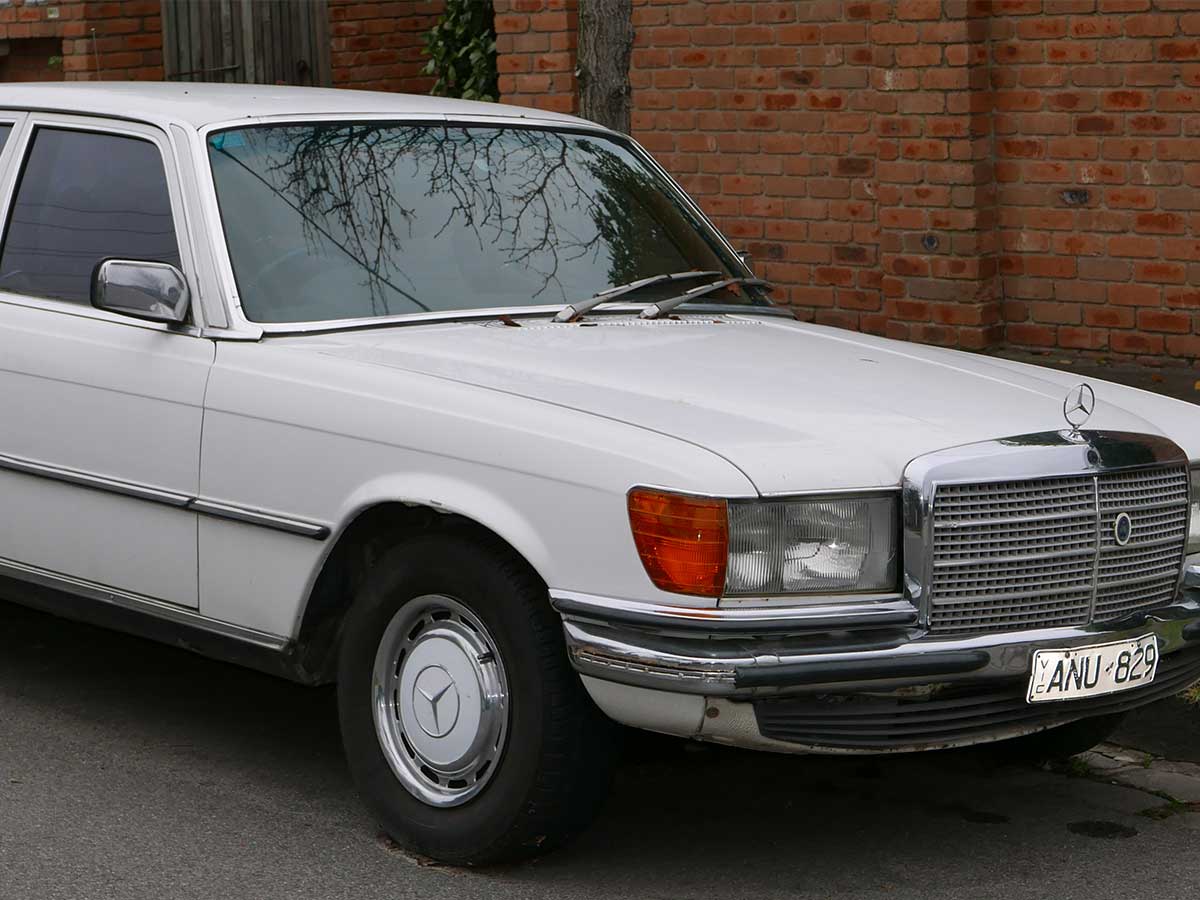
The 1979 Mercedes-Benz 300SD made headlines as the first turbocharged diesel sedan of its kind, but the excitement quickly fizzled out when drivers realized the five-cylinder engine produced a mere 110 horsepower. That’s simply not enough muscle to move a large, heavy vehicle with any real flair.
While the 300SD is built from high-quality materials and showcases solid construction, performance issues overshadow its craftsmanship. Today, it might serve as a decent commuter car, especially since many models have low mileage for their age, but you’ll find better options out there for your money. Plus, let’s be honest — the design feels painfully dated, so good luck impressing anyone with its looks!
1974 Jaguar XK-E V12 Series III

This model fell short of the high expectations set by the beloved 1961 E-Type, leaving fans of the original fuming. With its top-heavy design, unattractive aesthetics, and lackluster driving experience, the new iteration was far from the thrilling sports car its predecessor was known for.
Jaguar’s decision to swap out the reliable 4.2-liter engine for a 5.3-liter V12 was meant to improve performance, but instead made the car a nightmare to tune and maintain.
While the intention was to reduce vehicle emissions, the result was a noisy engine that often failed to deliver the reliability drivers hoped for. To add insult to injury, the rubber bumpers that adorned this model were widely considered an eyesore, further tarnishing its appeal.
1968 Subaru 360
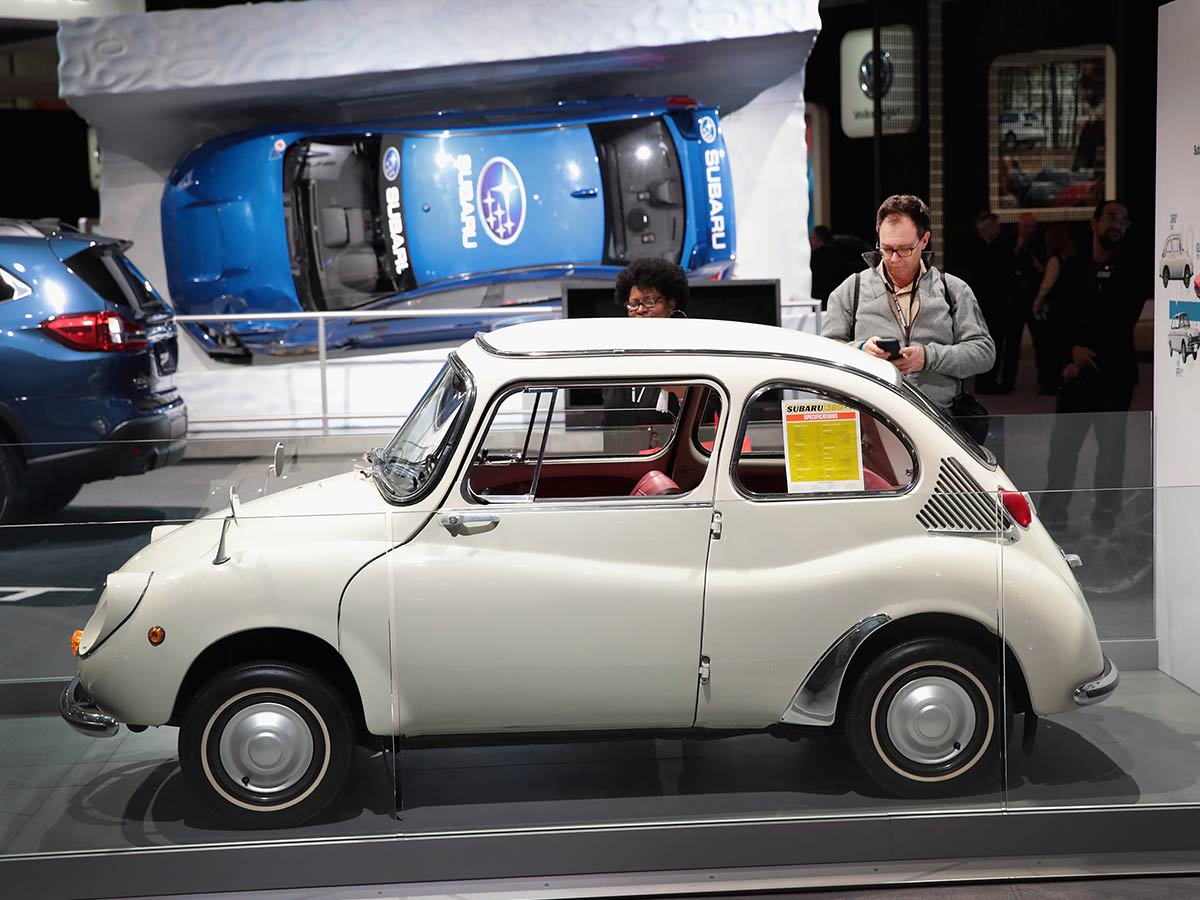
Subaru is widely recognized for producing safe and reliable vehicles, even if their designs tend to be somewhat uniform and, dare we say, a bit boring. However, this stellar reputation wasn't always the case. Back in its early days, the Subaru 360 was a far cry from the reliable cars we know today.
This little two-door, rear-engine vehicle was notorious for its poor handling, with back wheels that had a tendency to curl under the chassis, creating a precarious driving experience. To top it off, it boasted one of the worst braking systems ever seen. Manufactured since 1958, the Subaru 360 was still considered impractical by 1968.
With a sluggish acceleration time of over 37 seconds to go from 0 to 50 mph, it left much to be desired. Its meager two-cylinder engine struggled to reach even 60 mph, making it a slowpoke on the road. In retrospect, it’s easy to see why this model didn't secure Subaru's place in automotive history as a game-changer!
2002 Hummer H2

The Hummer H2 was pitched as a more accessible daily driver that borrowed heavily from the military-grade aesthetics and off-road prowess of its predecessor, the H1. Unfortunately, it ended up being a lackluster imitation — a gas-guzzling behemoth that struggled to deliver on its off-road promises. Despite its rugged looks, the H2's performance off the beaten path left much to be desired.
With its quality often criticized as subpar, the H2 was not only slow but also had brakes that felt unreliable. Perhaps its most significant drawback was its atrocious fuel economy, which averaged around 10 miles per gallon. For many potential buyers, the impracticality of frequent fill-ups made it a less desirable choice. While it may have been a fun ride for some Hollywood action star, most everyday drivers found it hard to justify the expense of fueling such a gas-hungry monster.
1957 Renault Dauphine
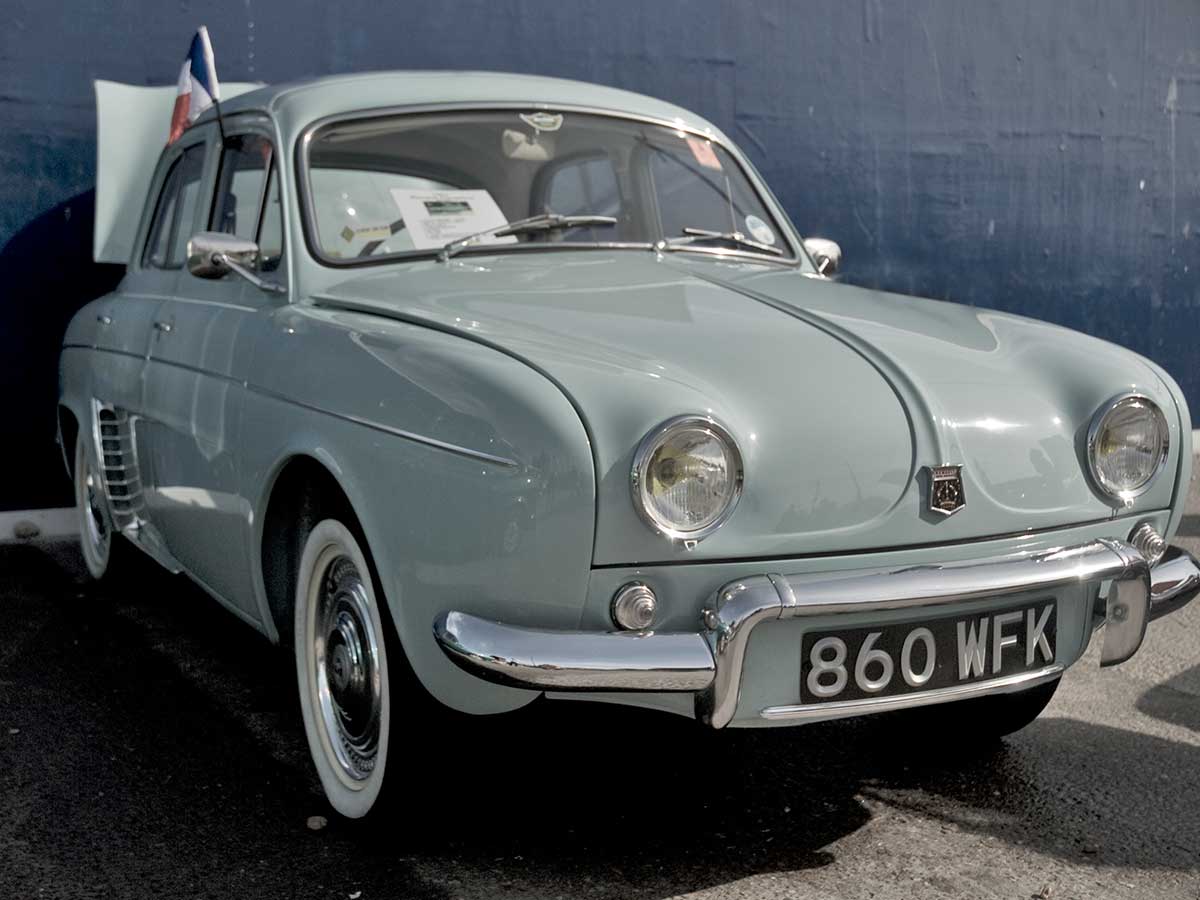
The 1956 Renault Dauphine is often regarded as the slowest heap of junk the mid-20th century had to offer. Sporting a rear engine that cranked out a staggering 32 horsepower, this car was a masterclass in sluggishness. To put it into perspective, imagine taking a full 32 seconds just to reach freeway speed — if you survive that long, you might find yourself questioning your life choices.
Despite its painfully slow performance, the Dauphine’s cheap construction made it a tempting option for budget-conscious drivers of the era. However, being a hazard on the road wasn’t exactly what most folks had in mind when dreaming of vintage cars. So, if you’re a classic car enthusiast, it’s best to leave this one off your wish list!
1980 Ferrari Mondial 8
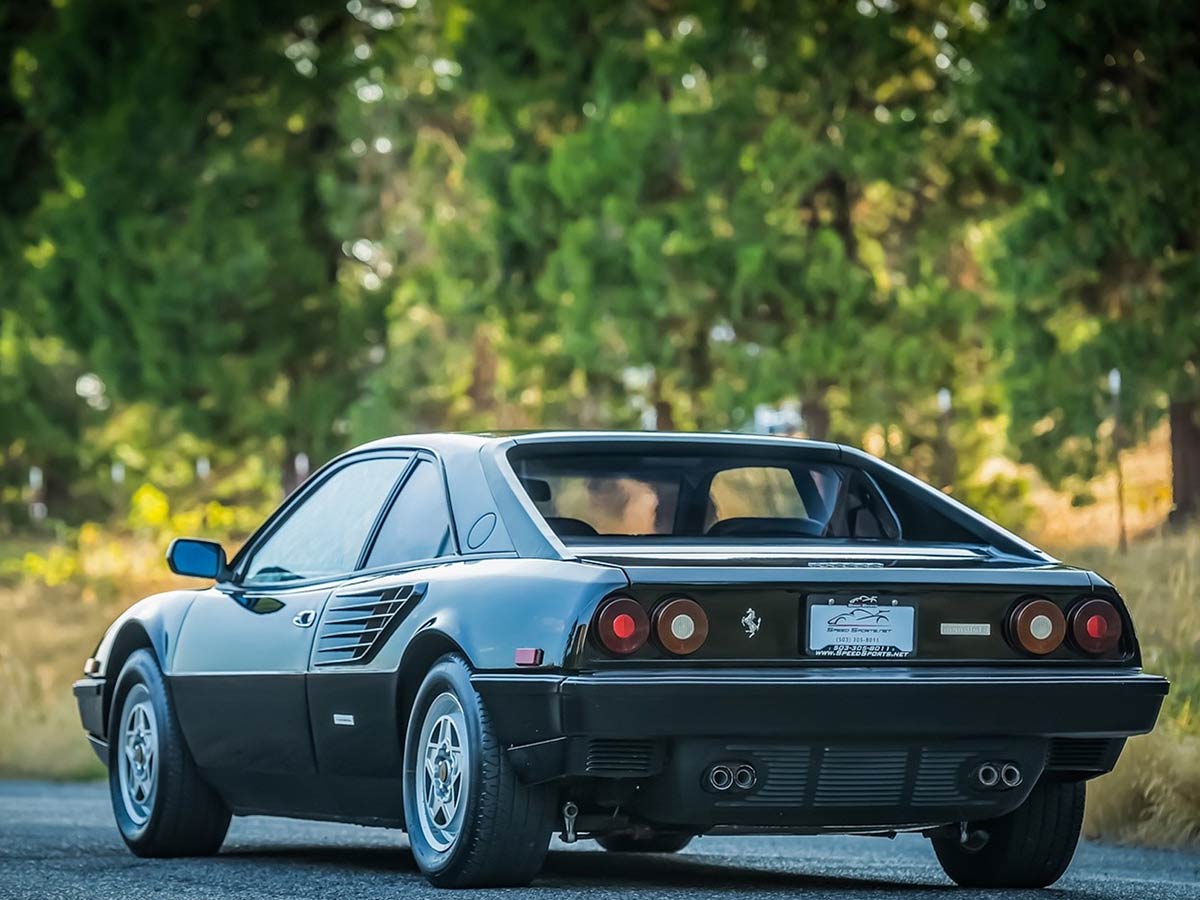
When you think of Ferrari, the image that usually comes to mind is that of a sleek, powerful sports car gliding effortlessly along the open road. Enter the Ferrari Mondial 8, a stark contrast to that iconic image. Adorned in a striking cherry red, this model is often remembered as the slowest Ferrari ever produced.
The complex Bosch injection system was notorious for its issues, compounded by a gearbox that frequently let drivers down.
Given its hefty price tag in 1980, the Mondial 8 should have delivered a far more reliable driving experience. Instead, it suffered from an unbalanced power-to-weight ratio and unreliable electrical components. Regular check-ups became a necessity, particularly for the electric windows and air conditioning, which were often the first to falter.
1982 Chevrolet Camaro
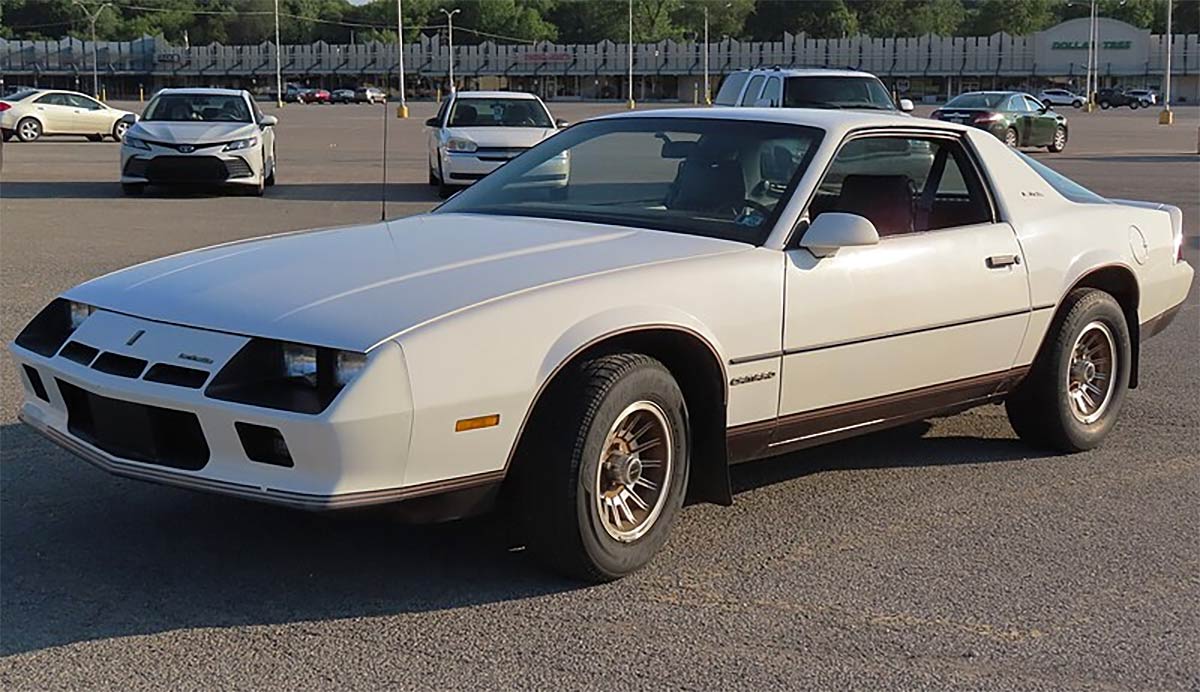
The 1982 Chevrolet Camaro is a classic example of a car that looked fantastic but fell short under the hood. With its sharp design and sleek lines, the exterior was undeniably eye-catching, drawing in fans from a long legacy of impressive models.
However, the engine was a different story entirely. The performance was a significant letdown, plagued by a lack of horsepower, poor shifting quality, and an outdated three-speed slushbox transmission that struggled to deliver a satisfying driving experience.
The infamous Iron Duke engine, which powered many of the early models, was eventually dropped in 1986, paving the way for Chevy to introduce more capable and powerful iterations of the Camaro. Released in December 1981, the '82 model marked the debut of a hatchback body style, expanding its appeal.
Interestingly, consumer preferences reflected a varied taste: about 12 percent opted for the four-cylinder model, 37 percent chose the V6, and a hefty 51 percent went for the V8, showing that many buyers were hungry for the performance that the Camaro was known for.
2015 Mitsubishi Mirage
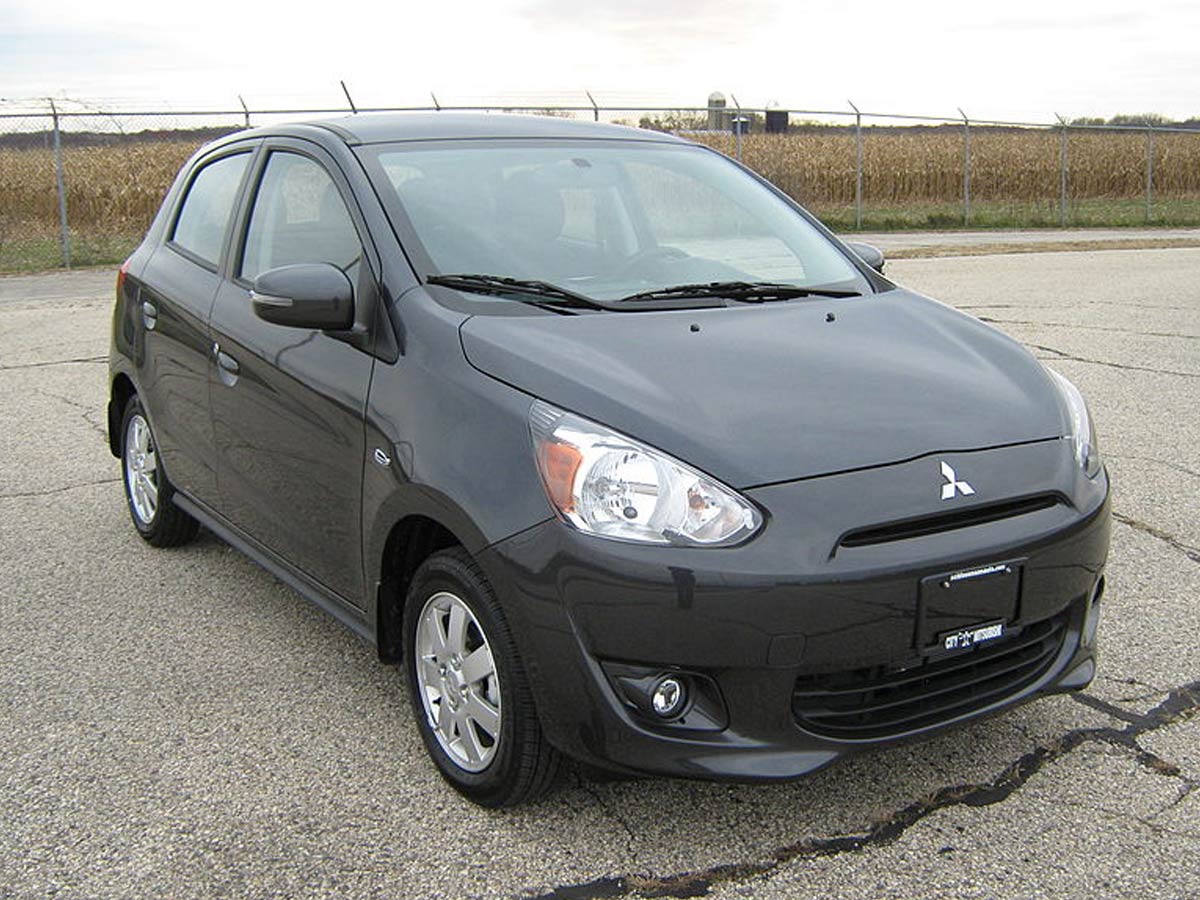
The sixth-generation Mitsubishi Mirage was redesigned for better aerodynamics and weight reduction, but it turned out to be a spectacular failure. Handling was terrible, with many drivers reporting instability and poor responsiveness. The brakes were deemed unreliable and dangerous, raising serious safety concerns. Additionally, the car had issues with flimsy door hinges, contributing to an overall impression of poor quality.
Two major flaws led to recalls: one involved the acceleration sensor in the Supplemental Restraint System (SRS) ECU, which could misread vibrations from rough roads, preventing airbags from deploying in a crash. The other issue was electrical wiring corrosion, which further jeopardized airbag function. Overall, these shortcomings made many question if the previous Mirage design was better.
1981 Maserati Biturbo
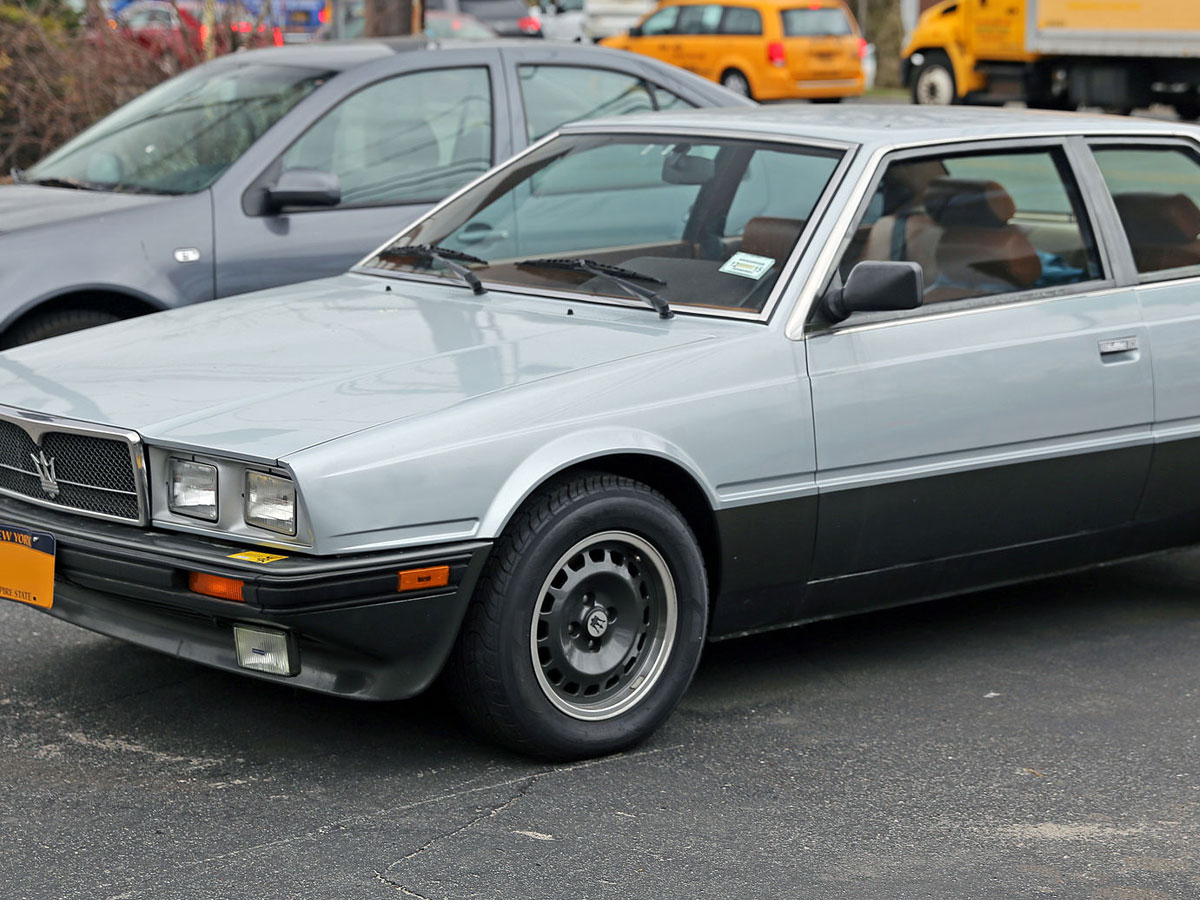
The 1981 Maserati Biturbo marked the beginning of a short-lived family of cars produced by the Italian automaker Maserati from 1981 to 1994. The original model featured a sleek two-door coupe design with a luxury interior and four seats, powered by a twin-turbo V6 engine that unfortunately delivered a mere 185 horsepower.
Performance woes weren’t the Biturbo's only downfall. The leather interior showed signs of wear and aging far too quickly, detracting from the overall luxury experience. Additionally, the car was plagued with reliability issues that ranged from leaking and burning fluids to rupturing components. While the Biturbo had potential and a stylish presence, its numerous shortcomings ultimately rendered it an unreliable choice for discerning drivers.
1923 Chevrolet Series M
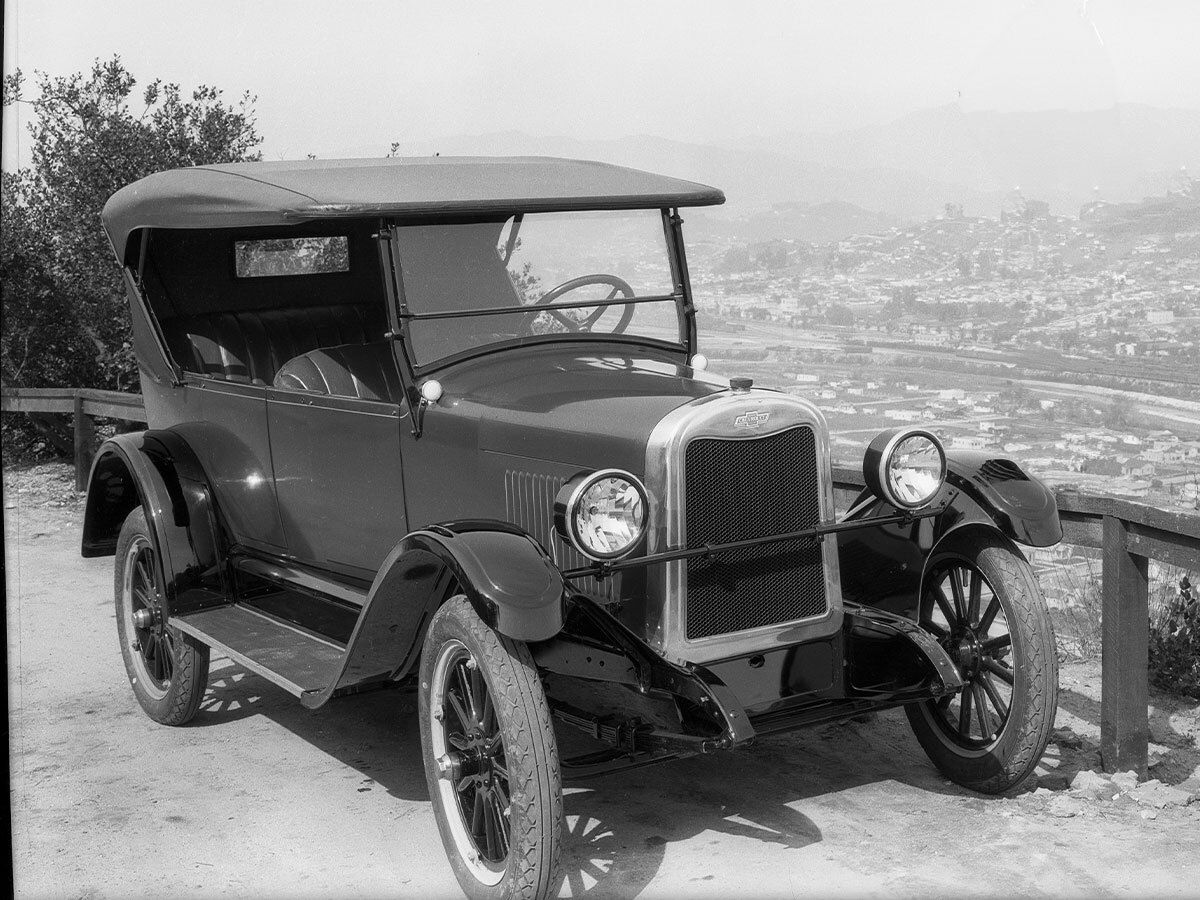
The 1923 Chevrolet Series M aimed to be one of the world’s pioneering air-cooled automobiles, featuring an innovative design that relied solely on air to cool its engine instead of liquid coolant. The engine boasted individual cylinders fitted with copper fins to enhance cooling efficiency. At first glance, this concept appeared promising; however, it ultimately led to a multitude of reliability issues.
Only about 500 units of the Series M made it to the market, but almost all of them were soon recalled due to serious performance problems. An additional 259 vehicles were scrapped during production, highlighting the scale of the disaster.
The engines tended to cool unevenly, resulting in significant power loss in hot weather, which rendered the Series M a complete failure. This ambitious project served as a cautionary tale in automotive history, demonstrating that innovation must be coupled with thorough testing and practical engineering.
2010-2018 Kia Forte

The 2010-2018 Kia Forte is often celebrated for its affordability and practicality, but it has garnered unwanted attention due to safety concerns related to engine fires. Some models have been found to have faulty components that increase the risk of ignition, leading to alarming reports from owners. In response, Kia has issued several recalls, urging drivers to get their vehicles inspected promptly.
While the Forte impresses with its sleek design and commendable fuel economy, the fire risk has caused many to reconsider before taking a seat behind the wheel. For potential buyers, it’s crucial to stay informed about recalls and prioritize regular maintenance to keep those flames at bay — both literally and figuratively! After all, the only heat you want is from your coffee, not your car!
 Author
Jennifer Freehill
Last Updated: November 22, 2025
Author
Jennifer Freehill
Last Updated: November 22, 2025